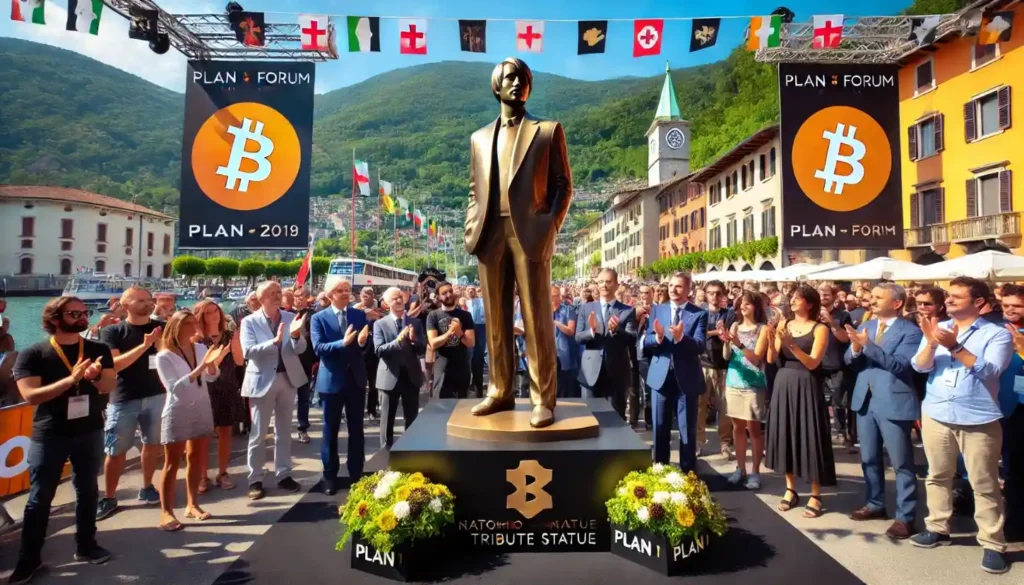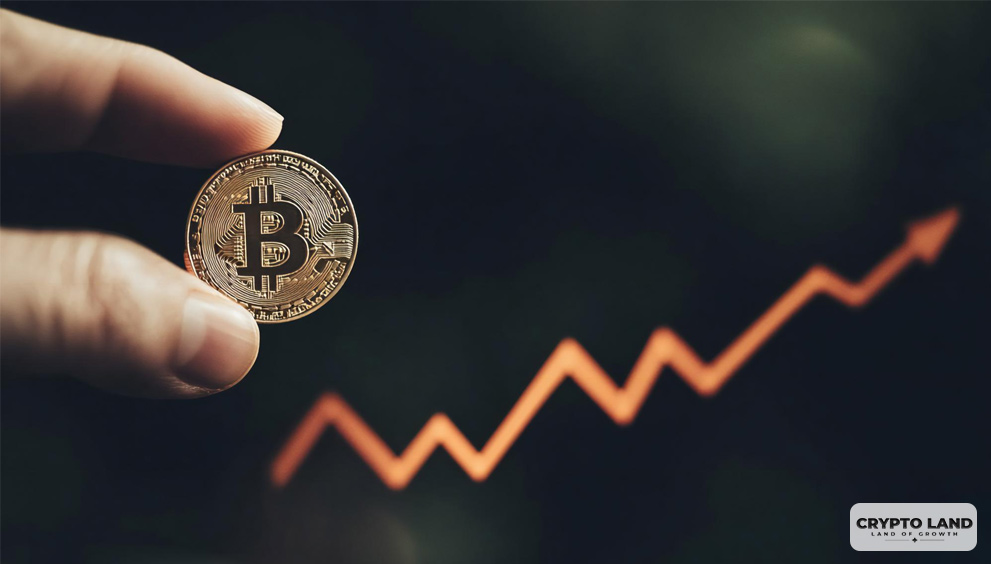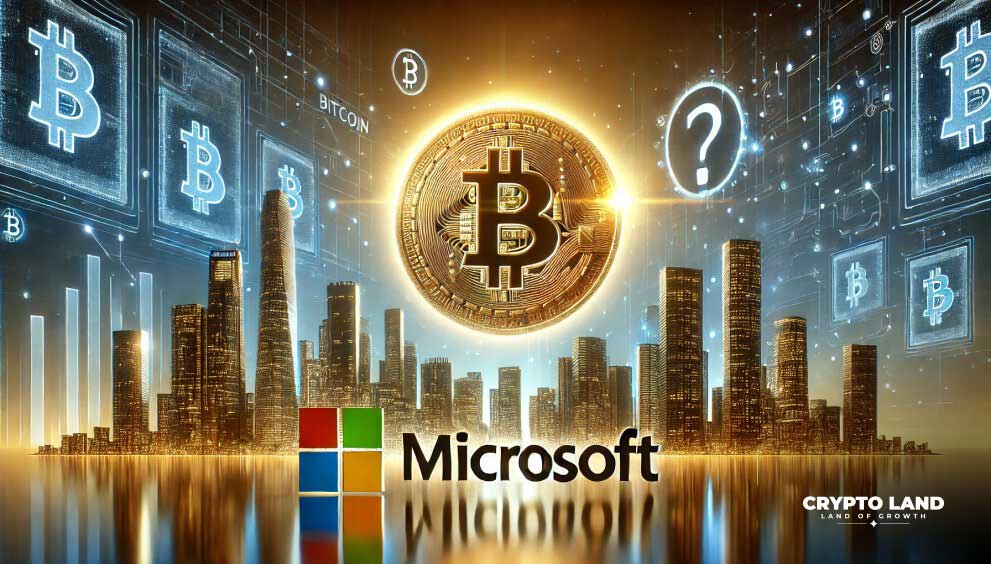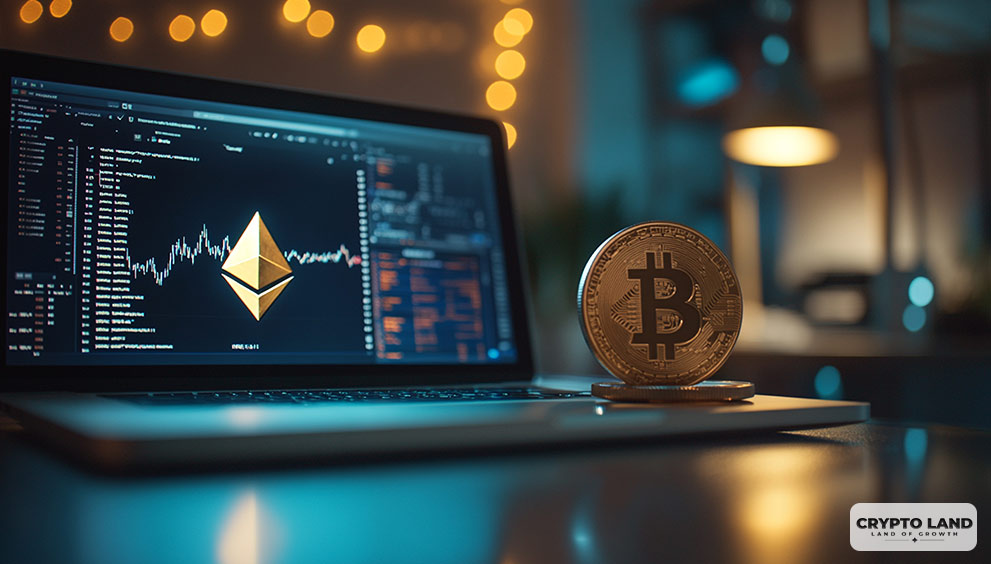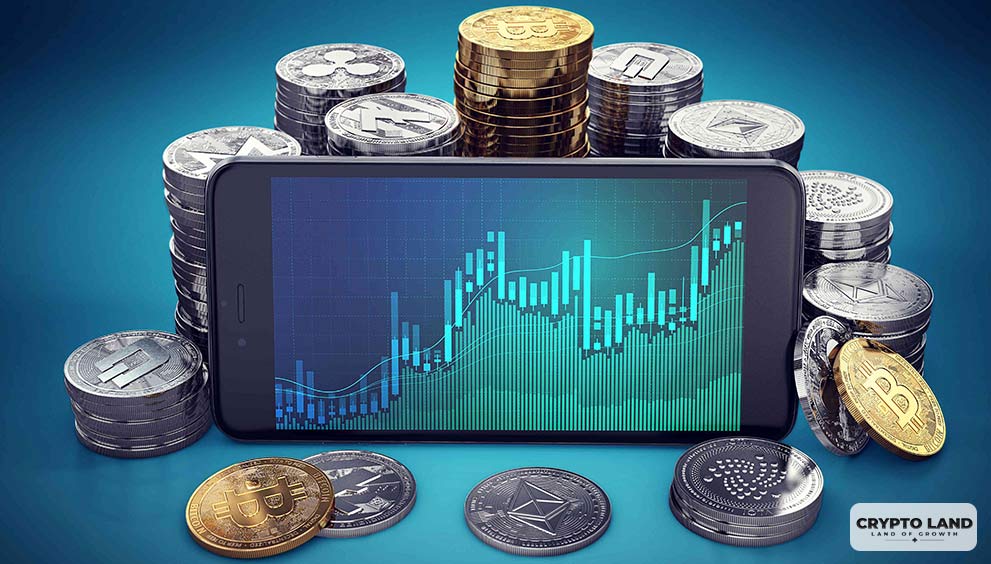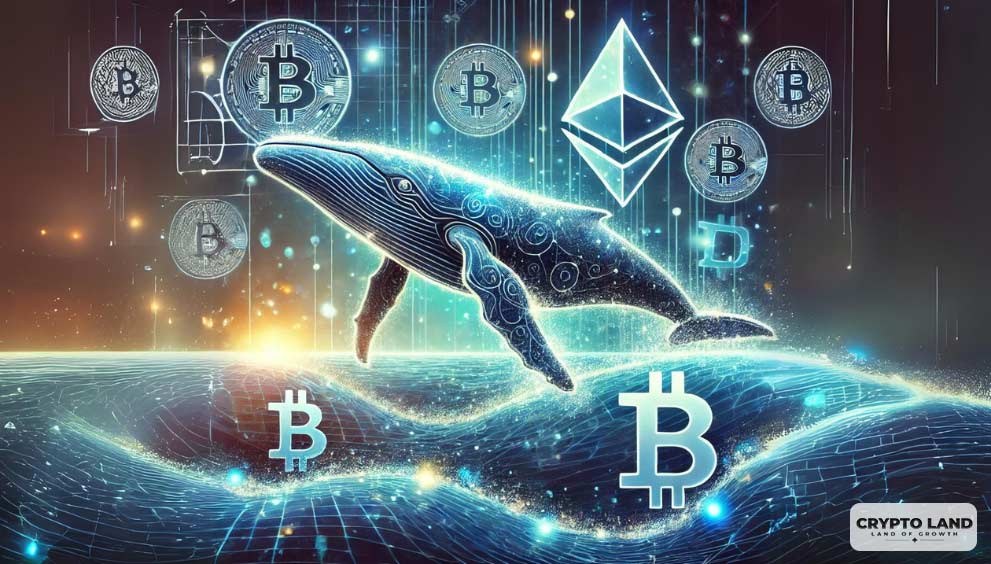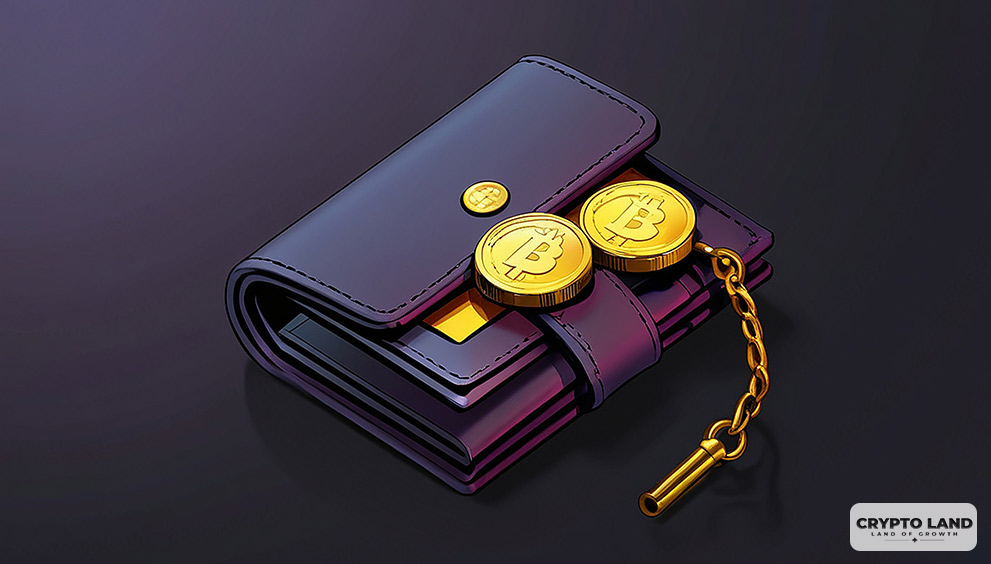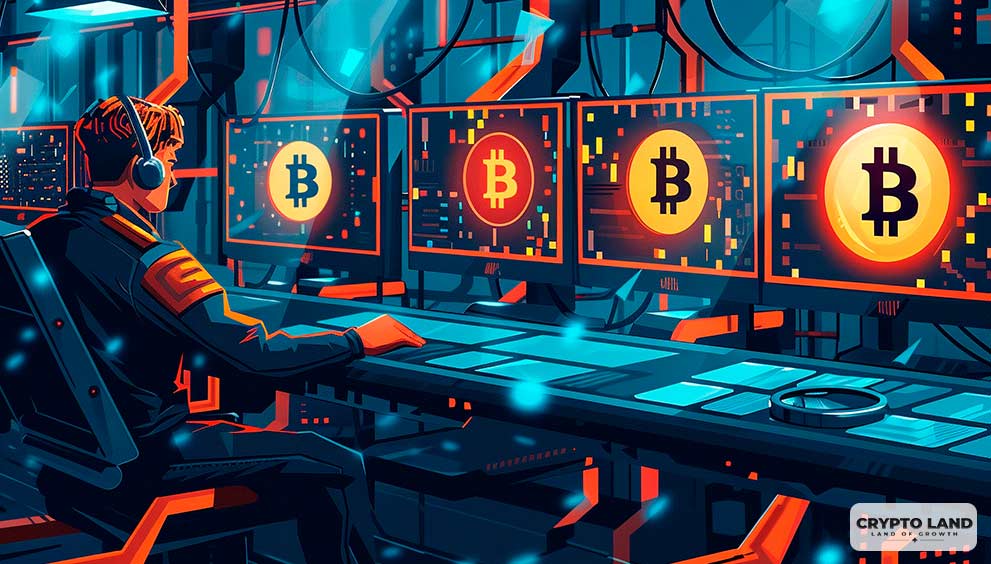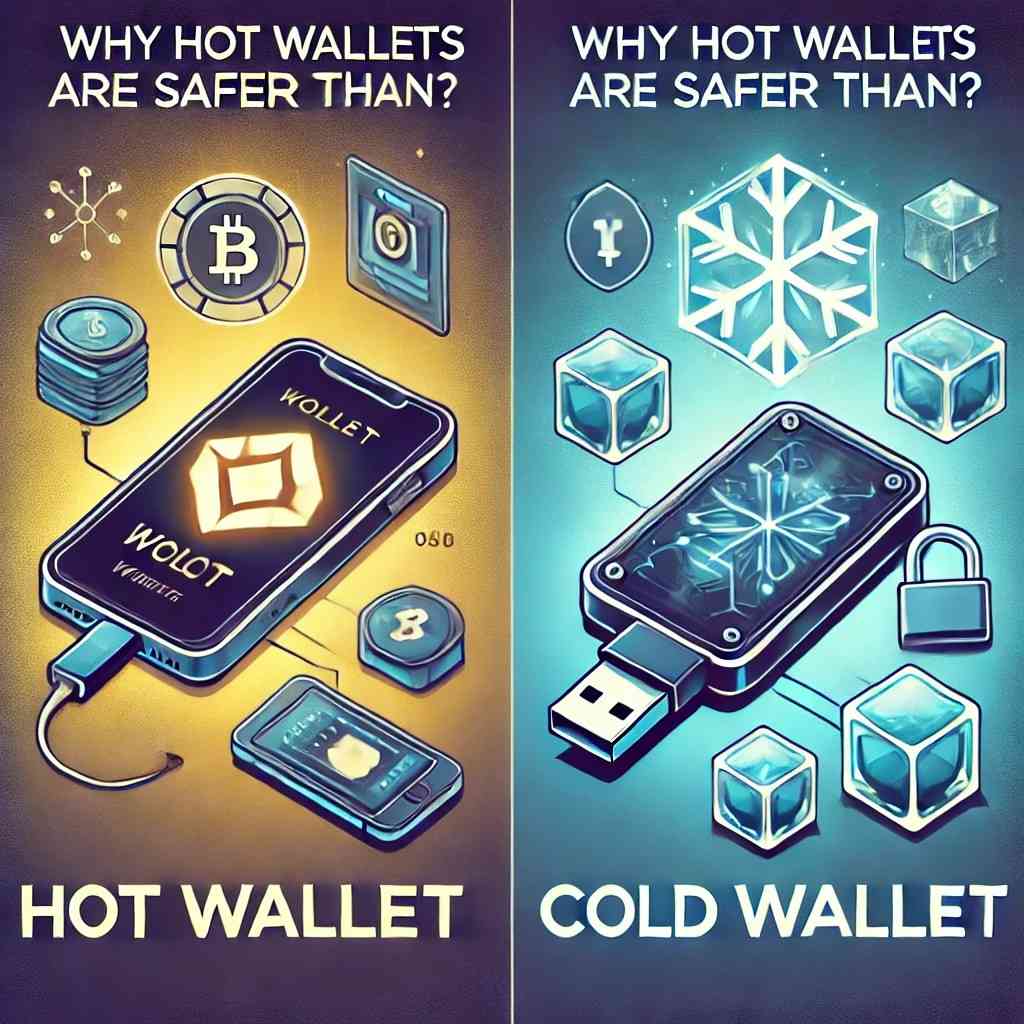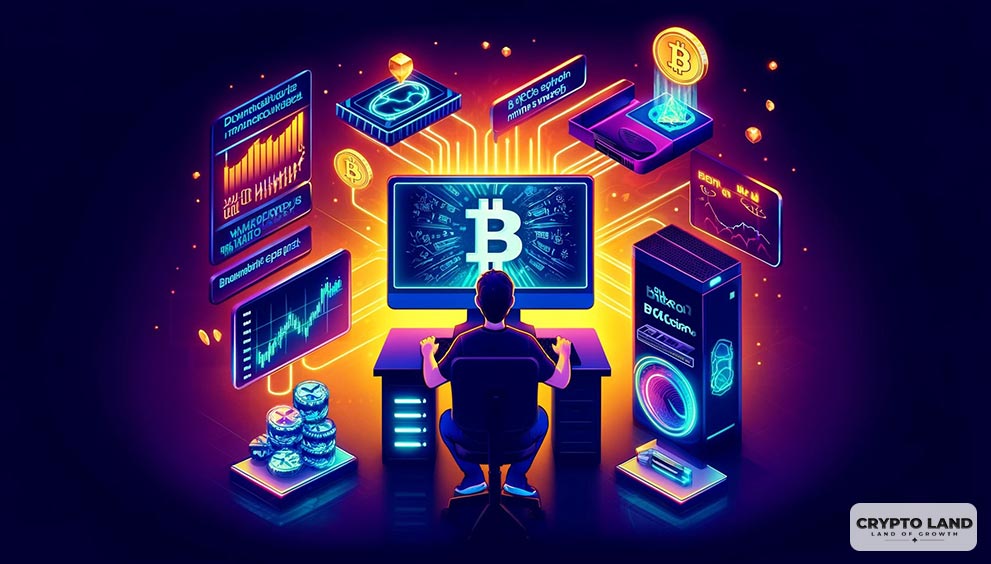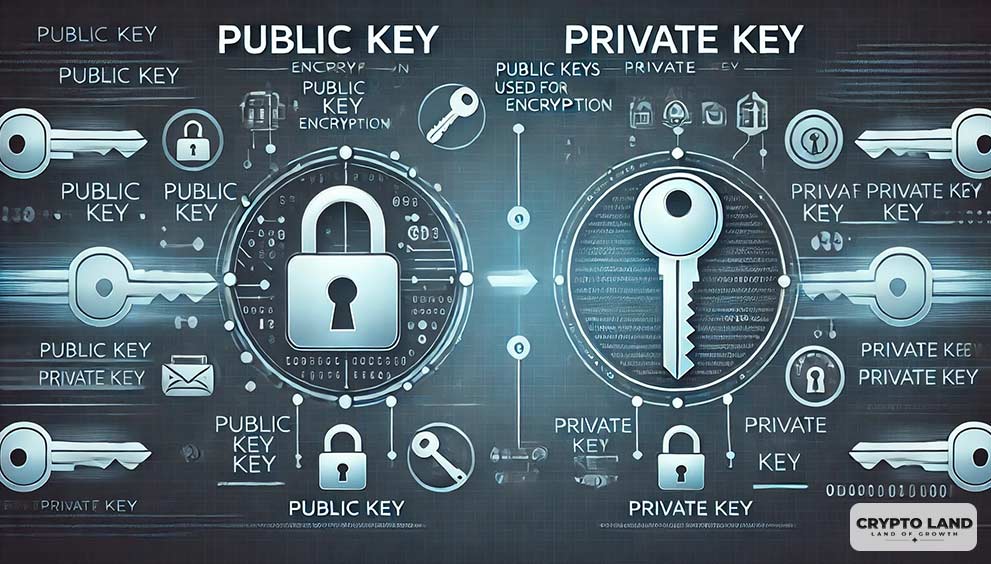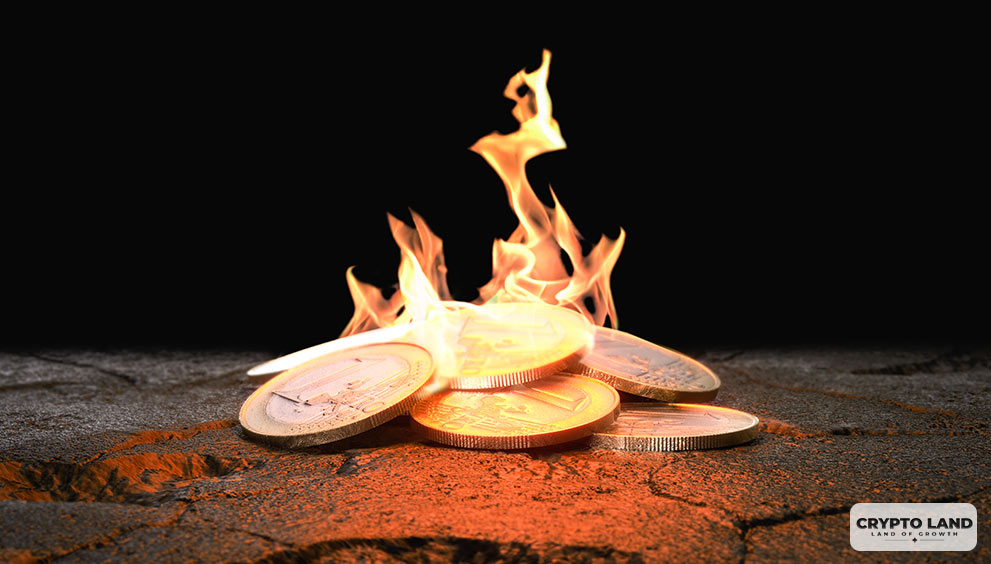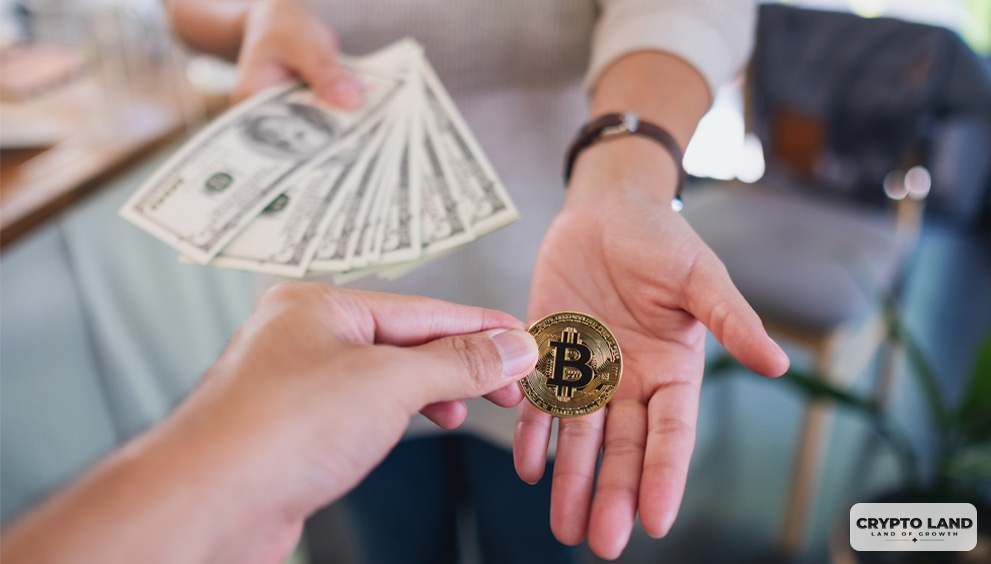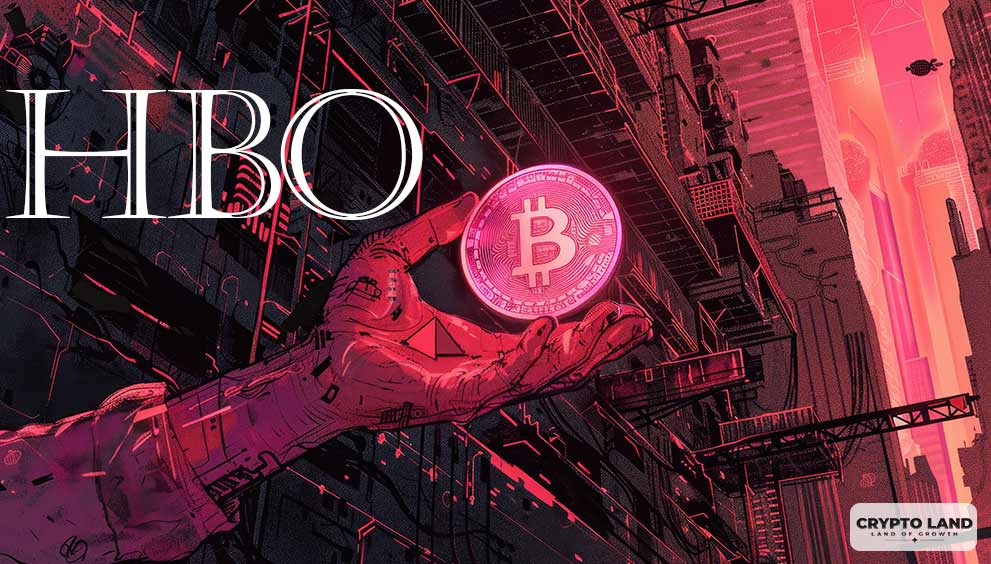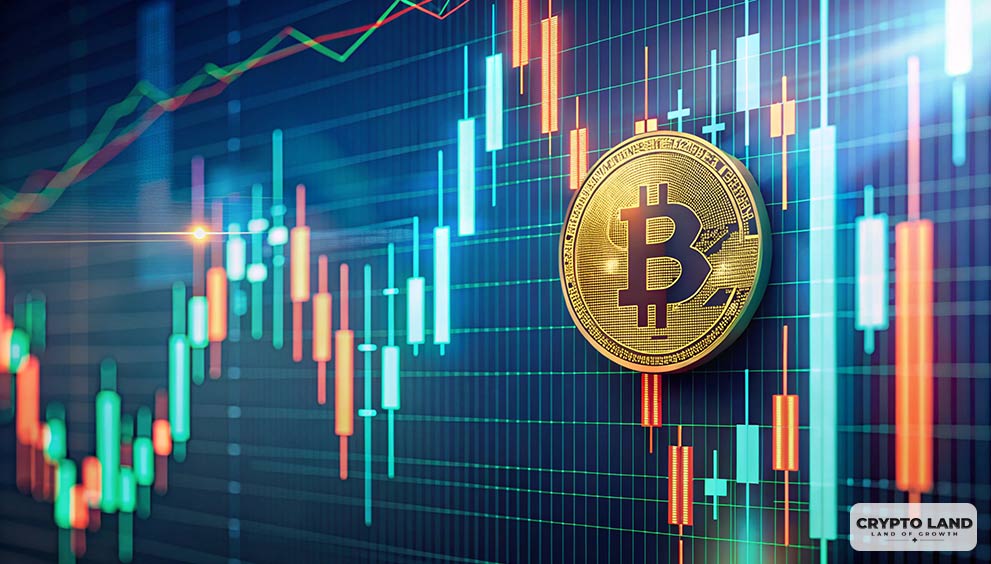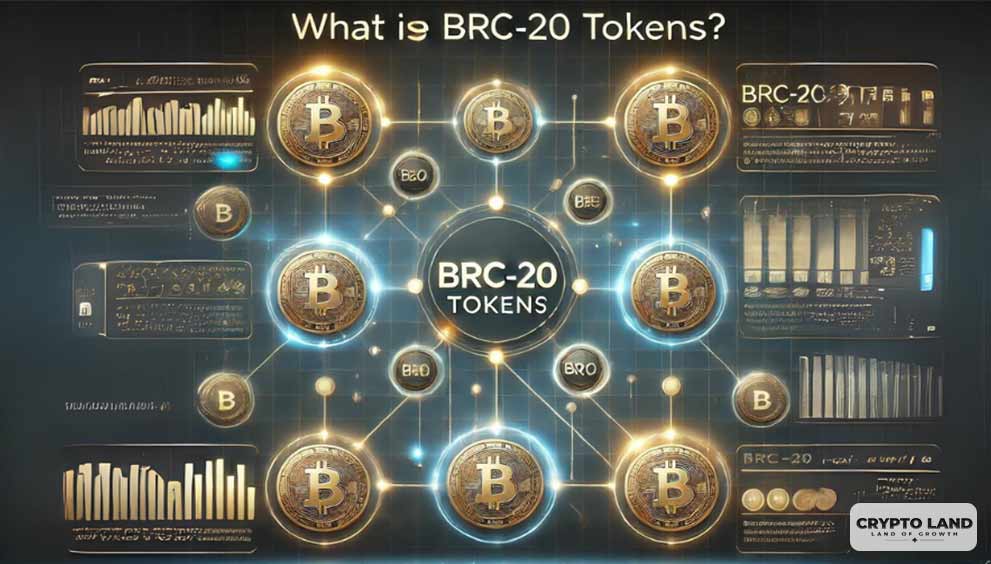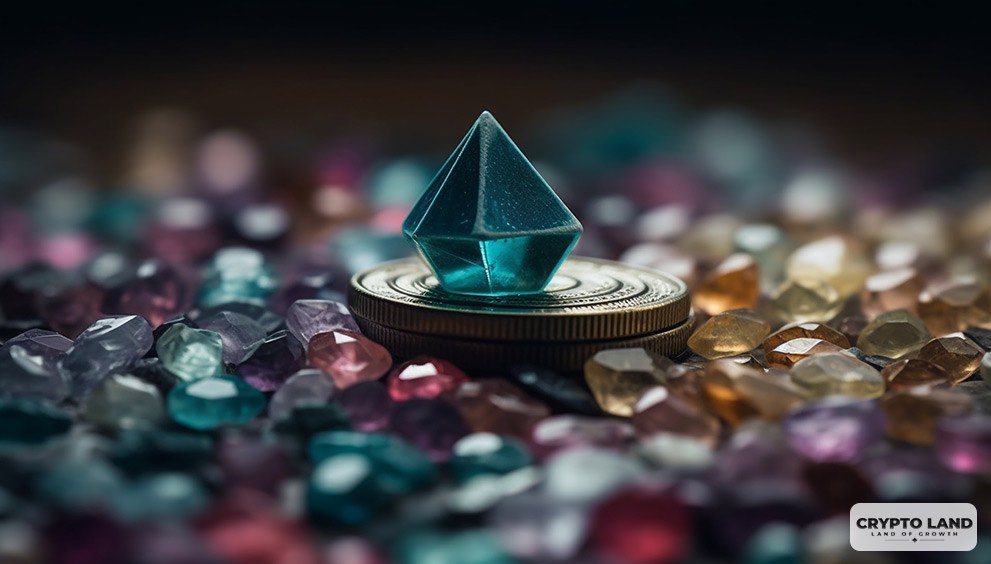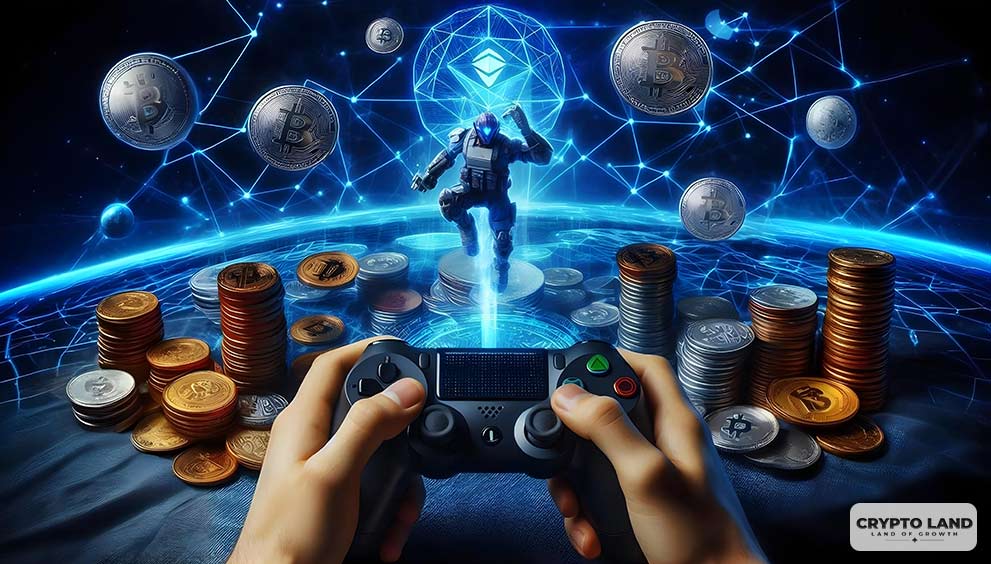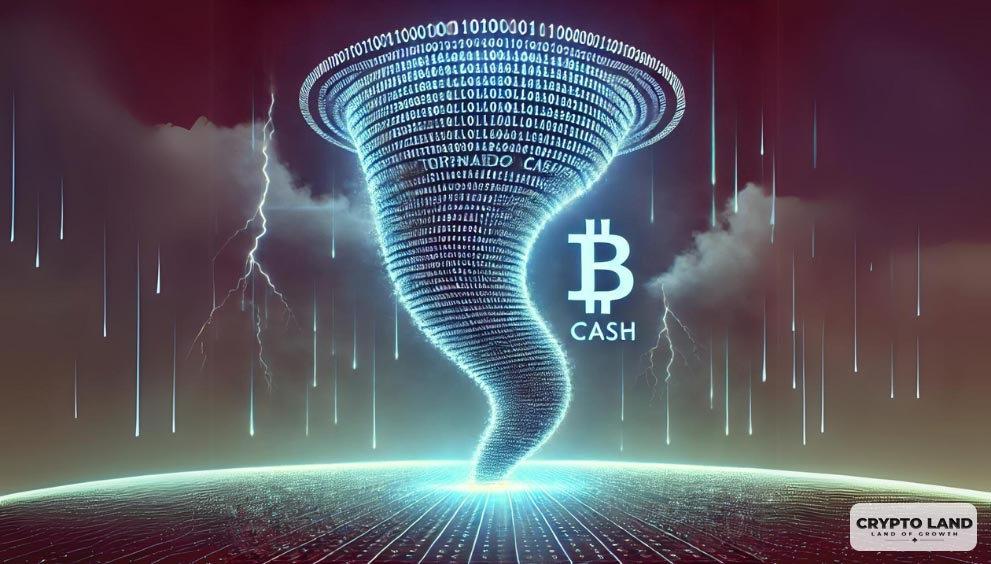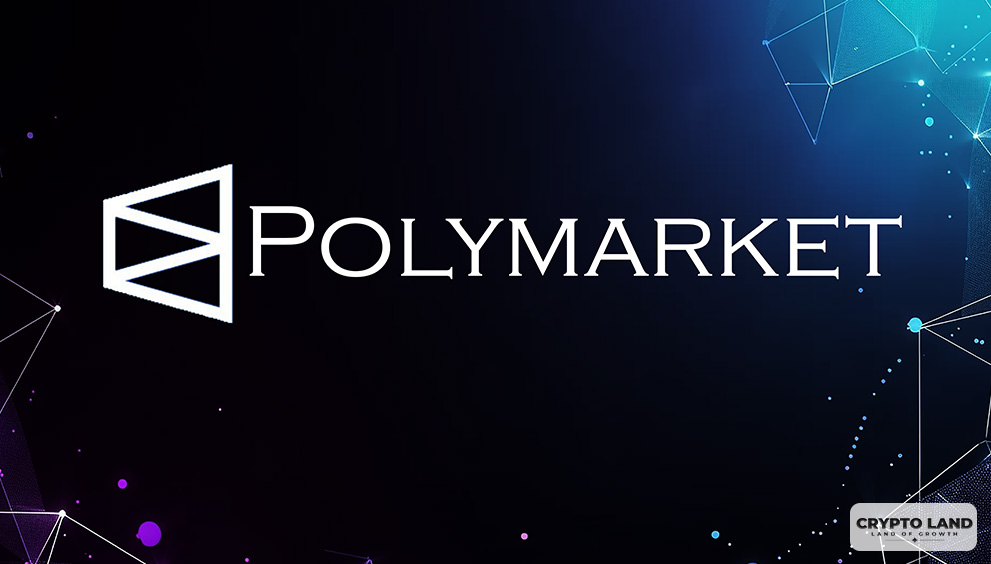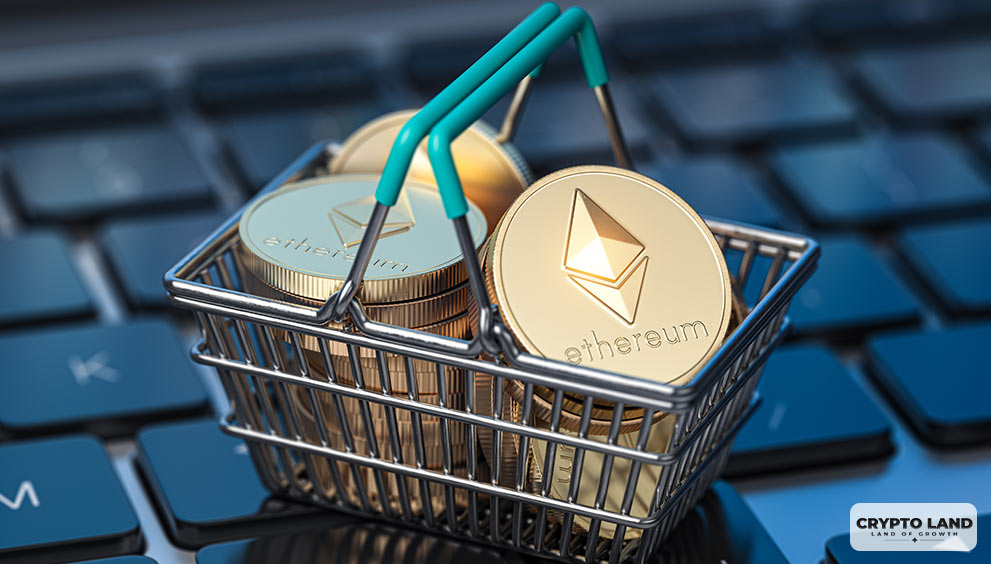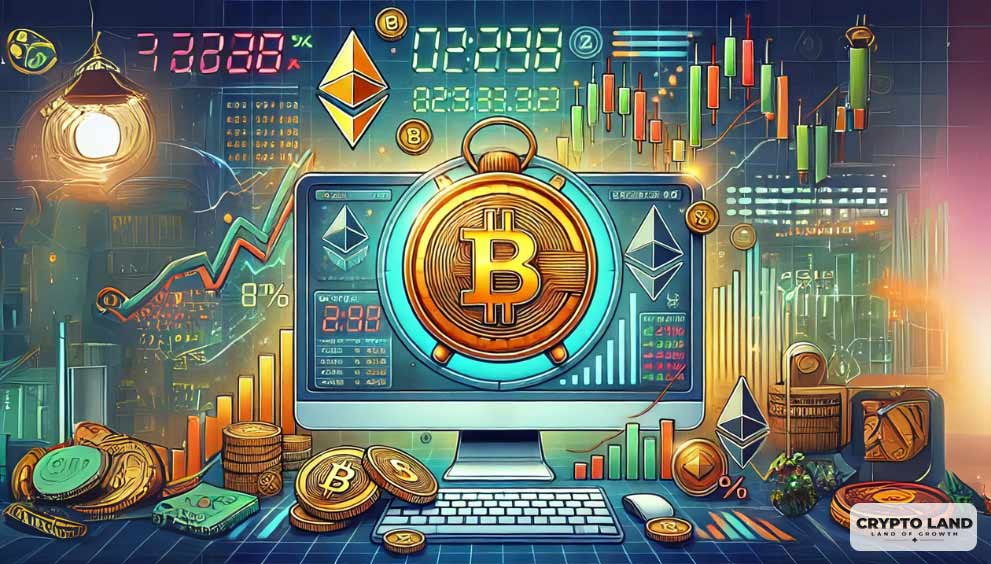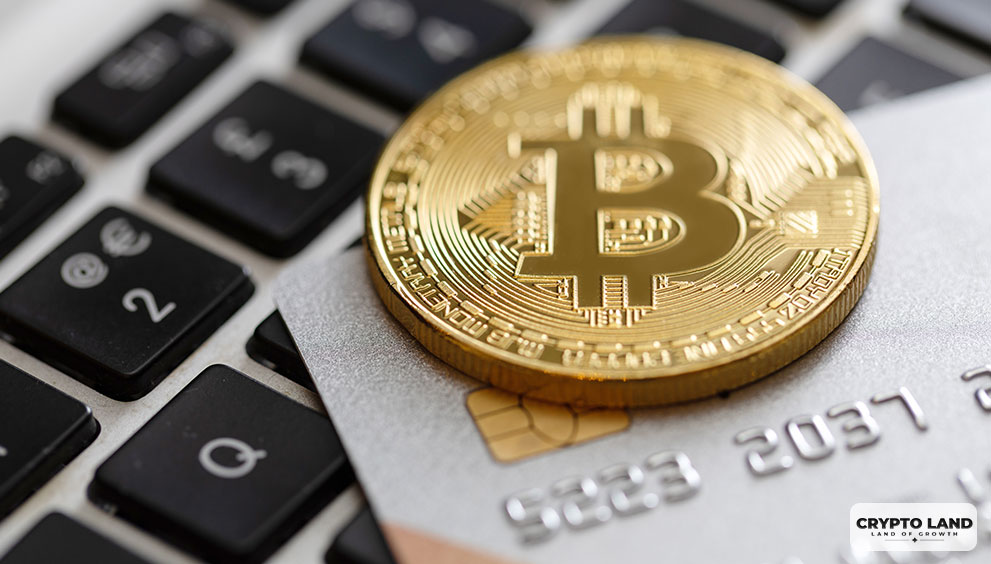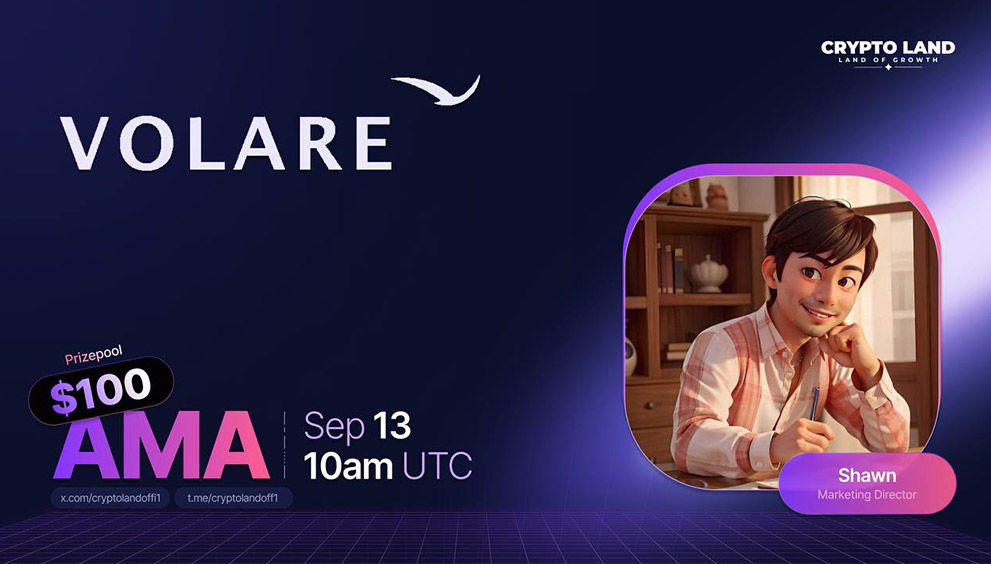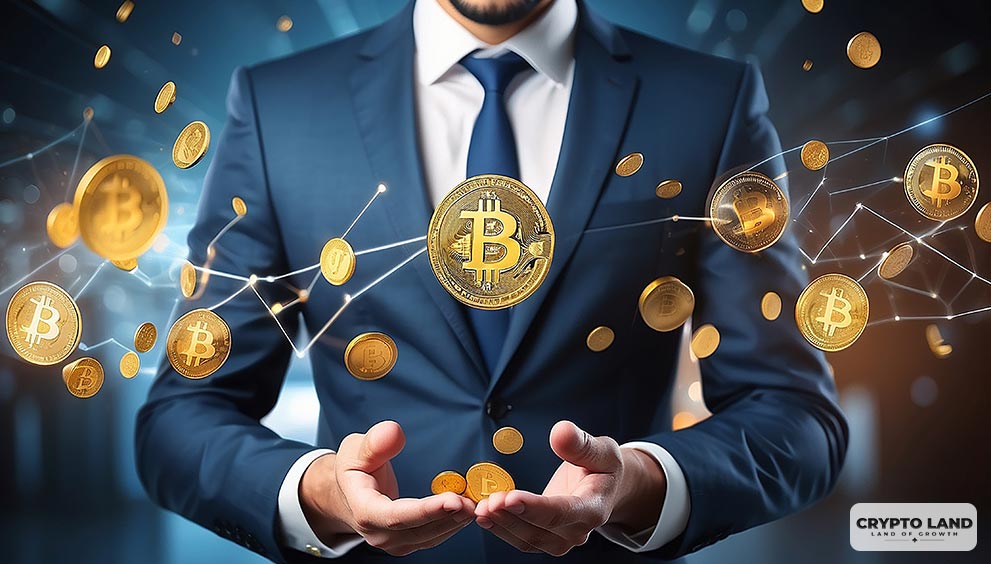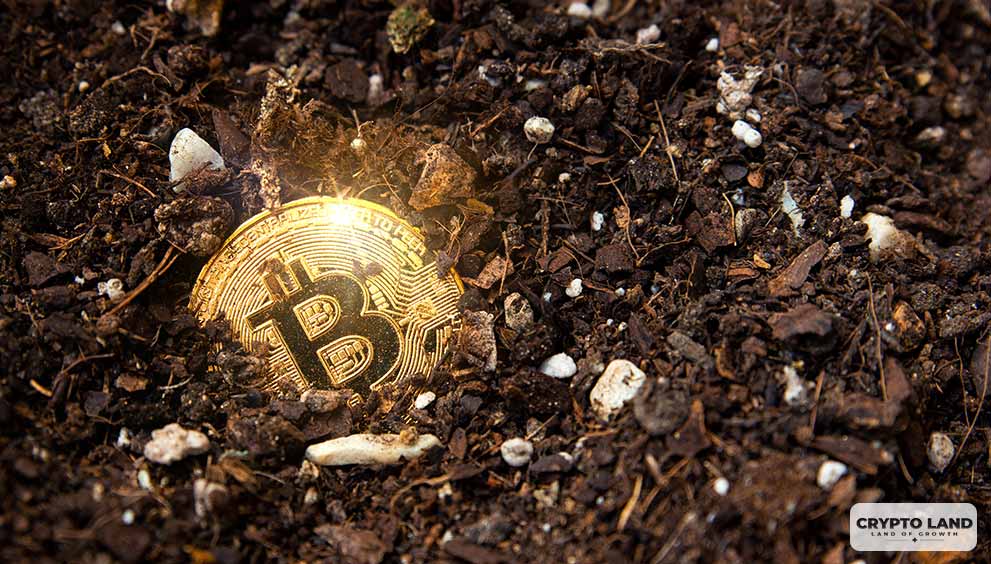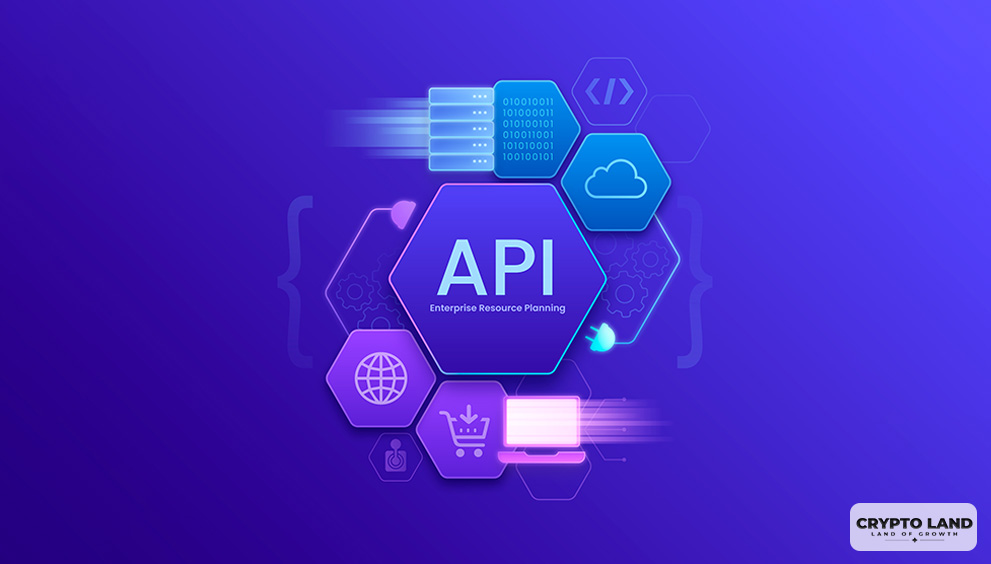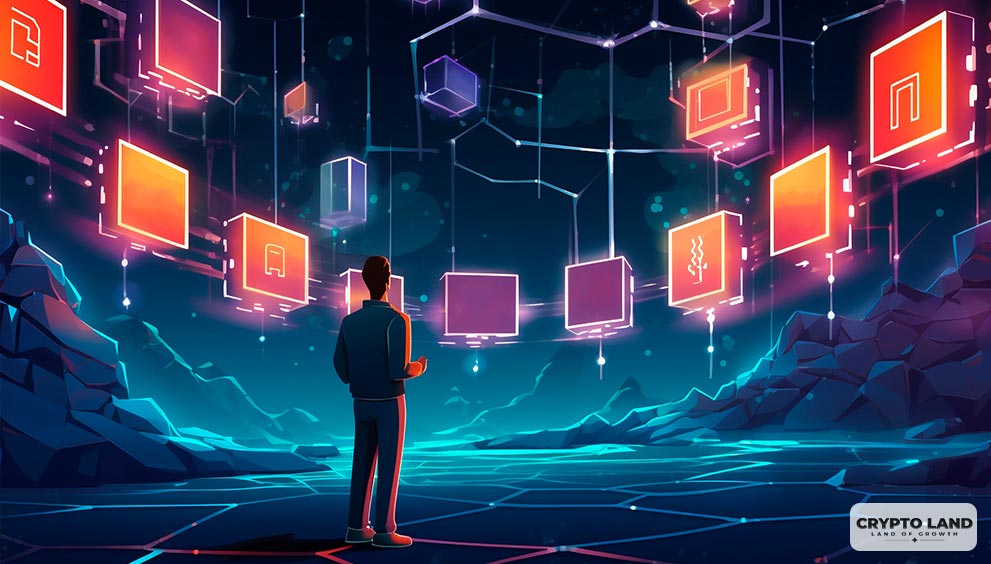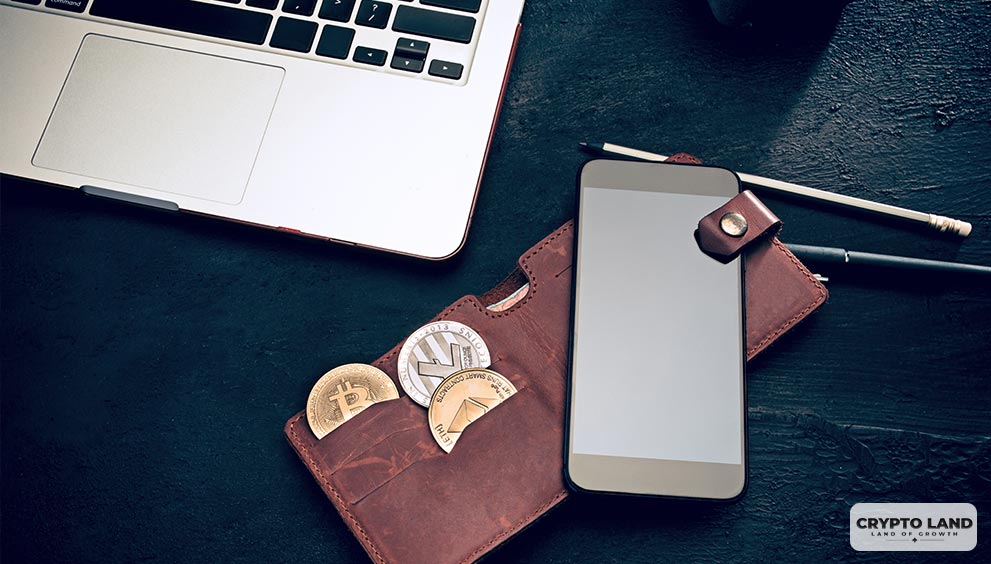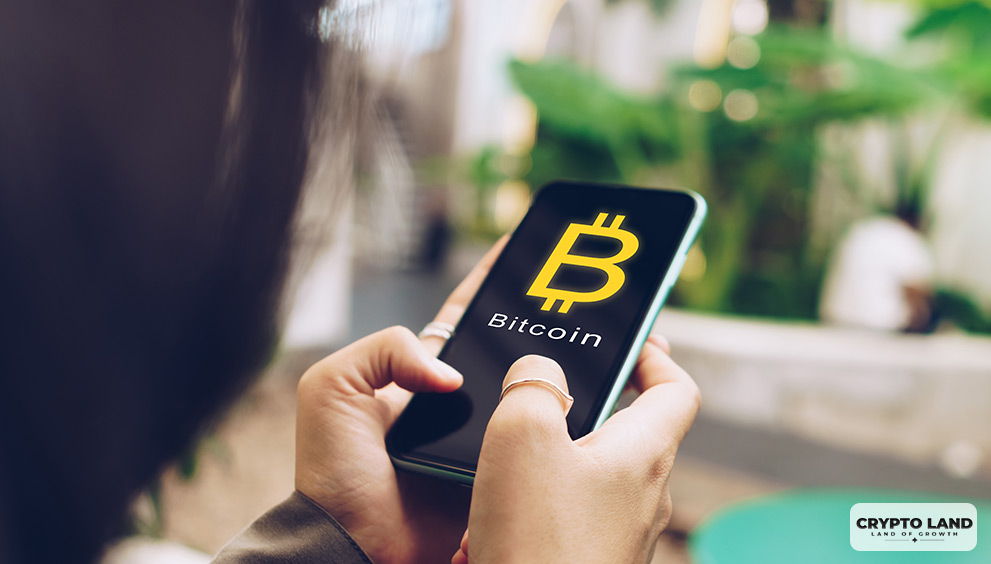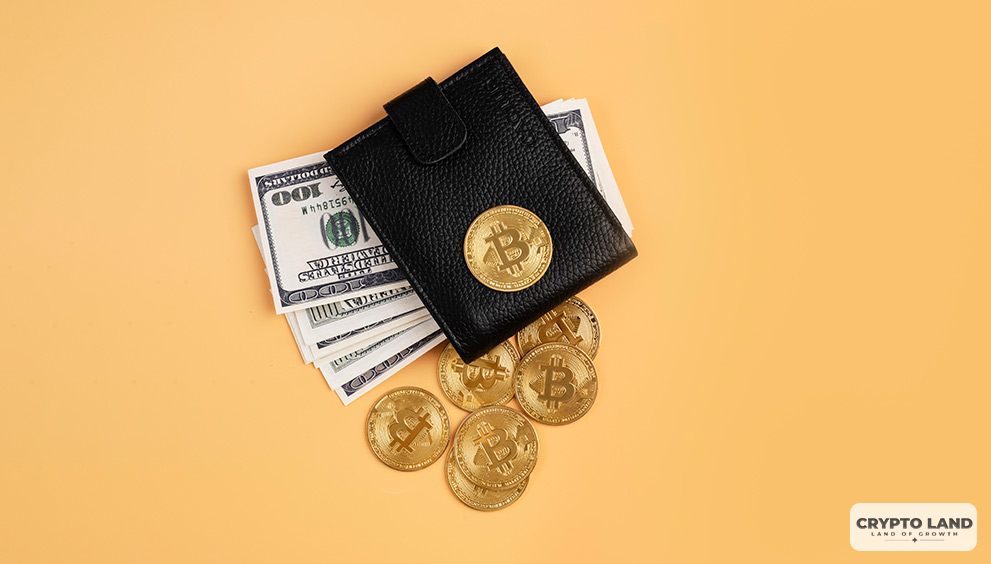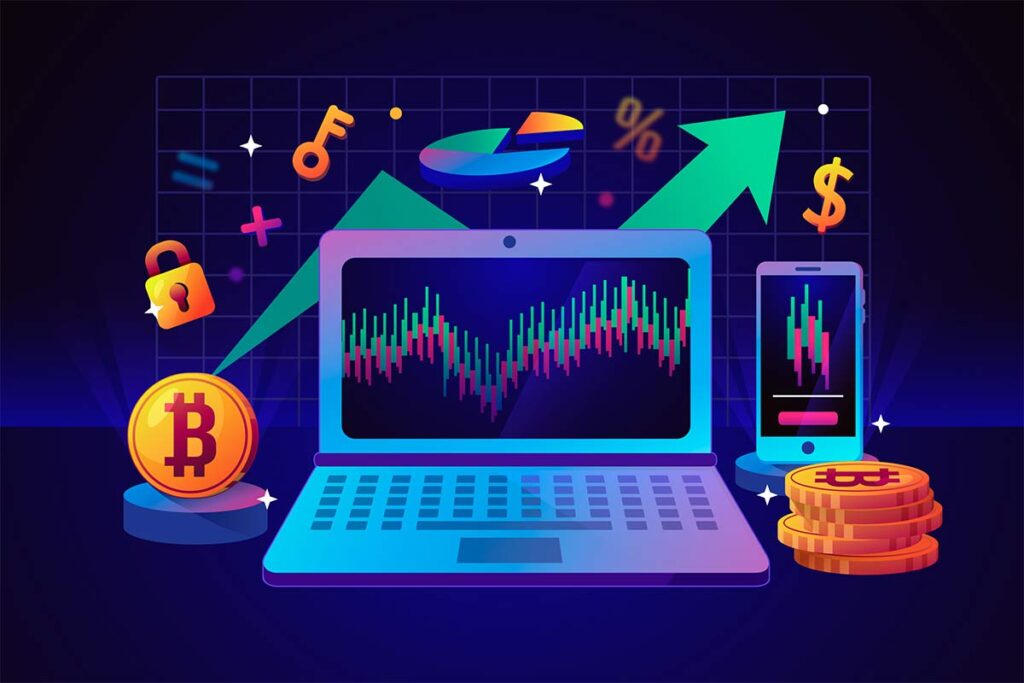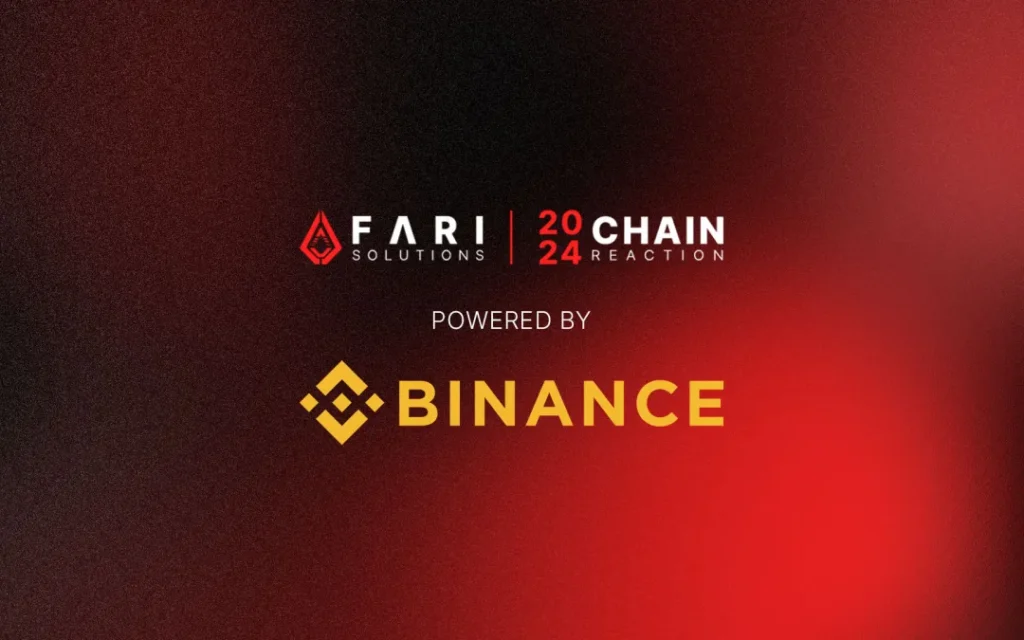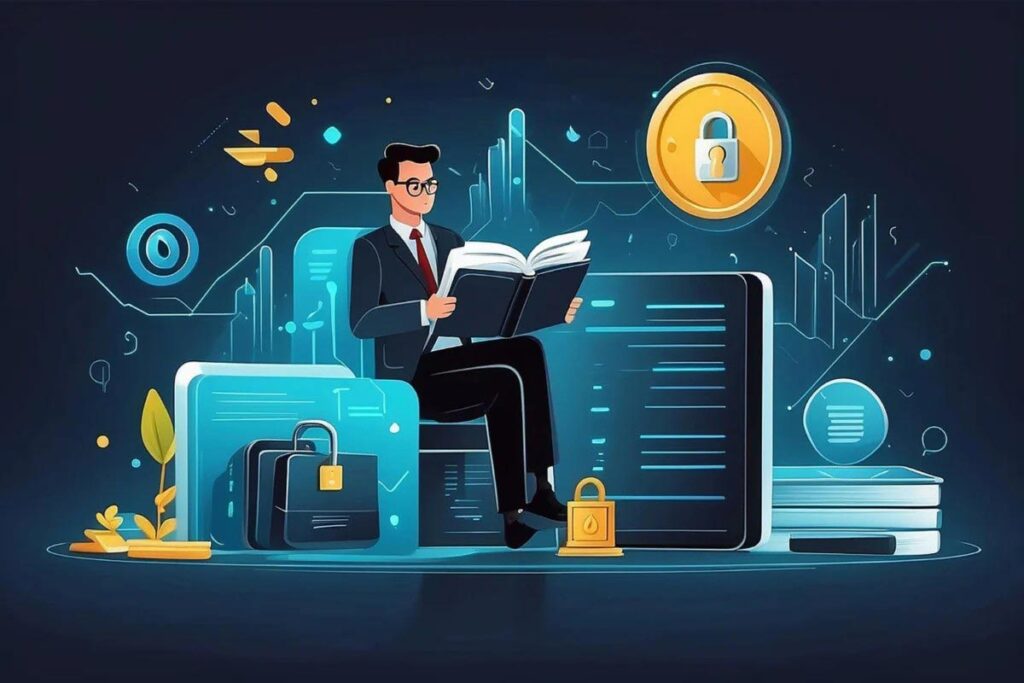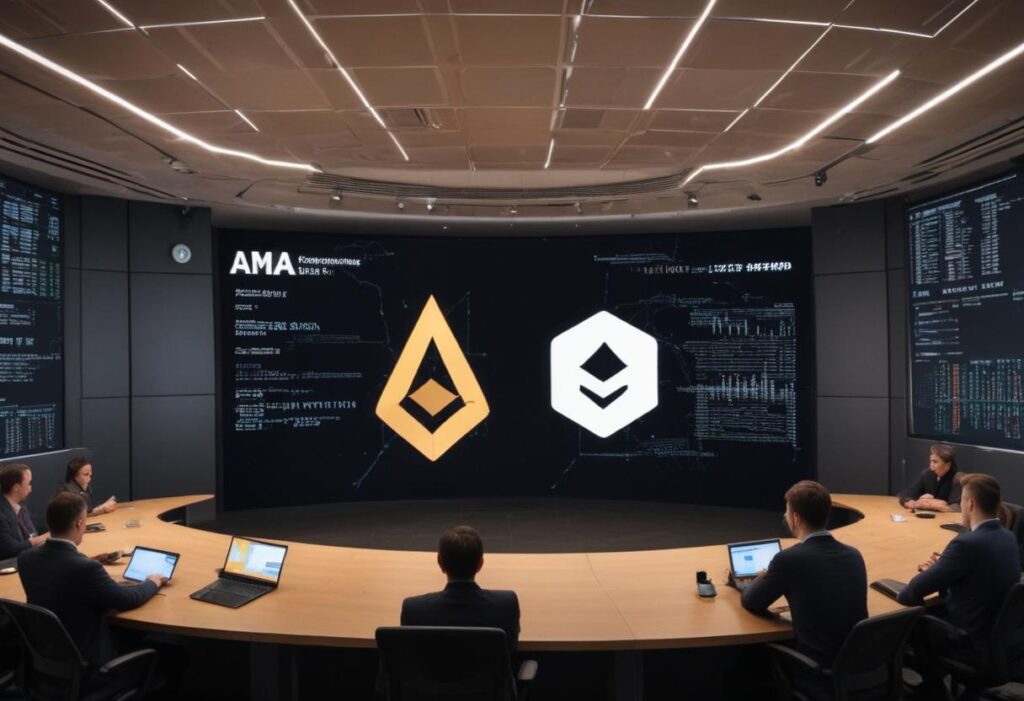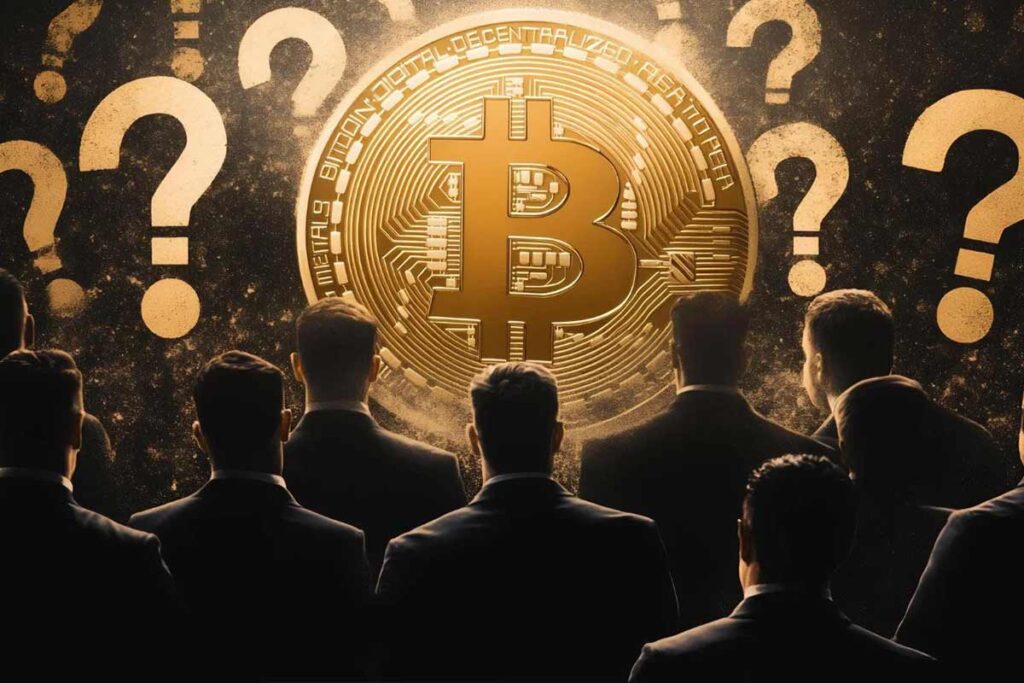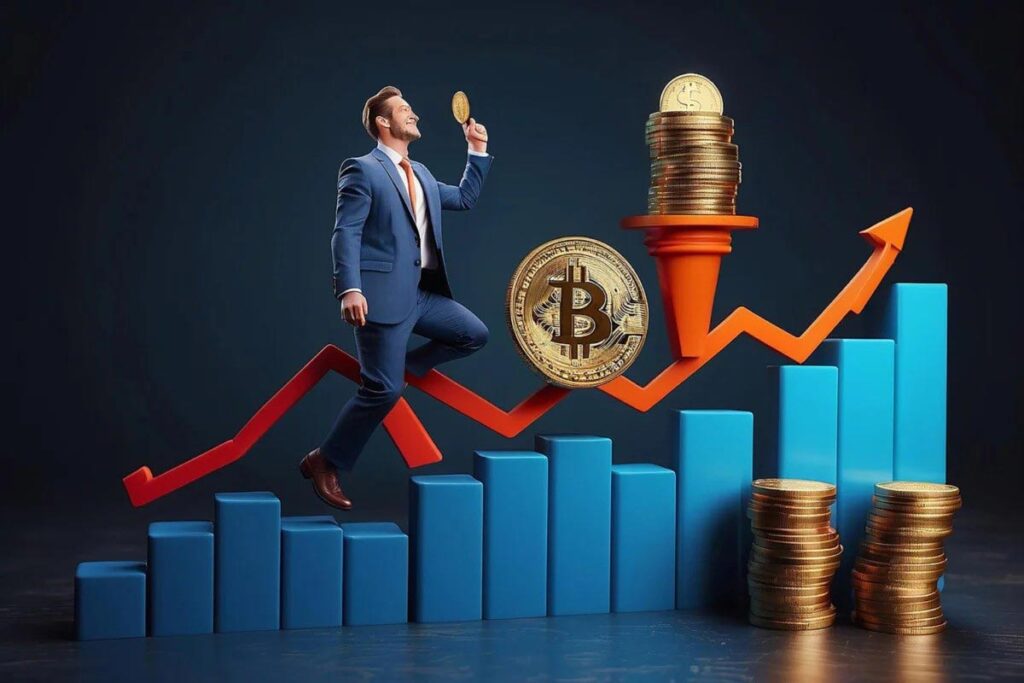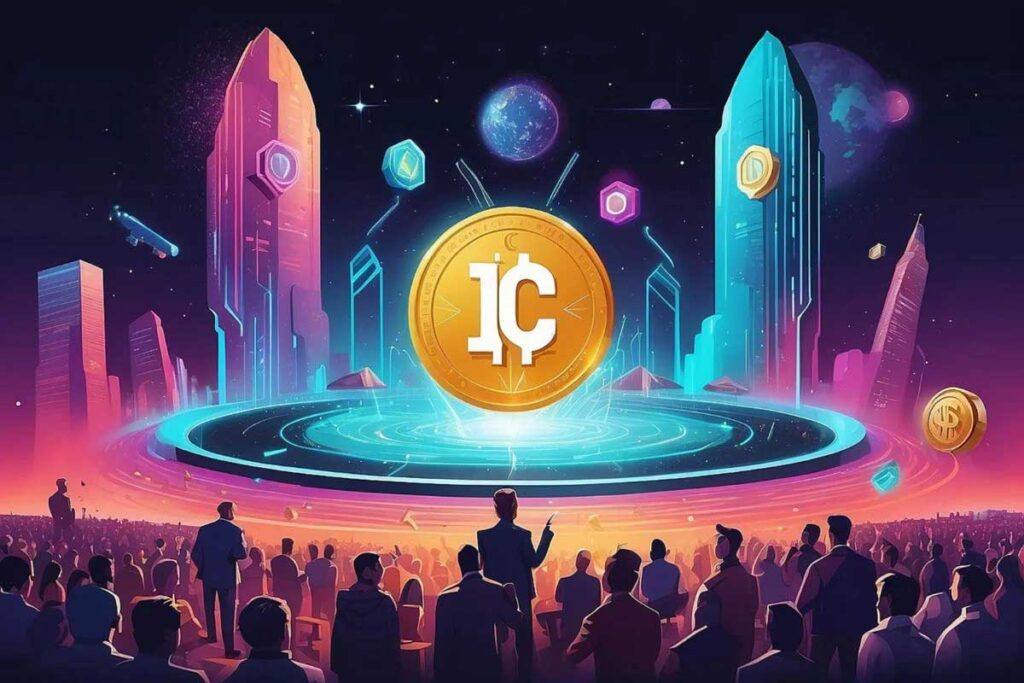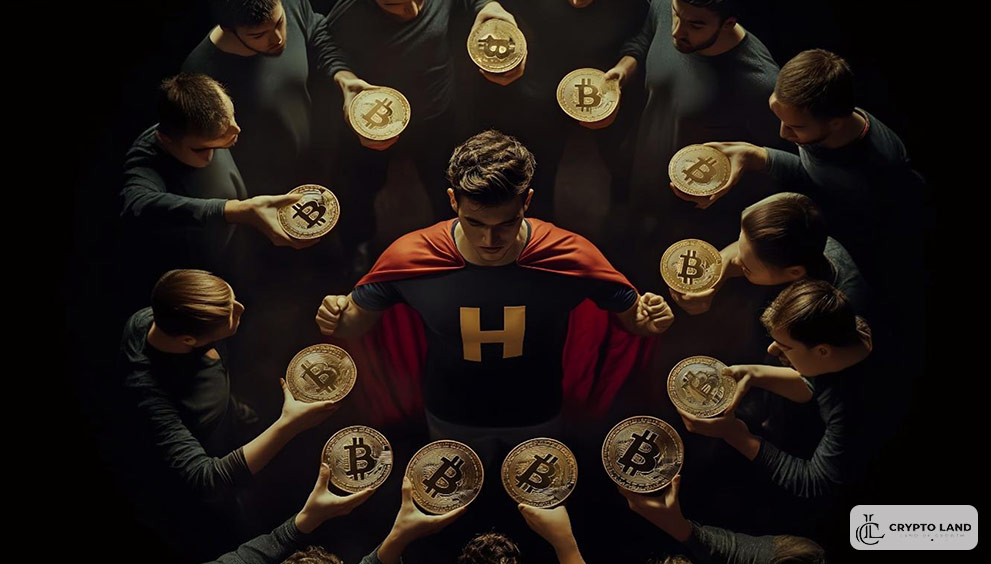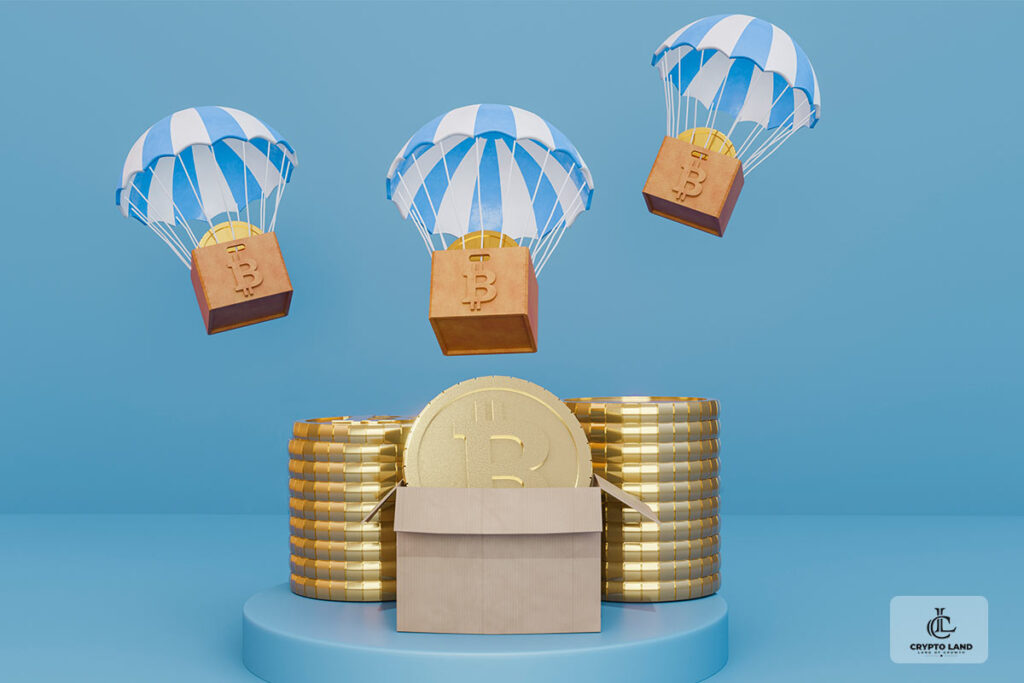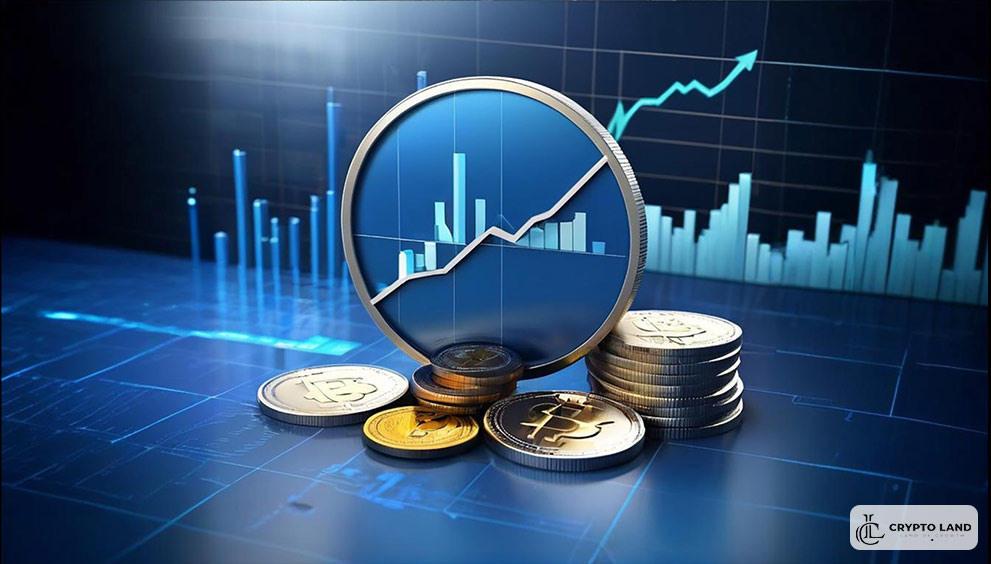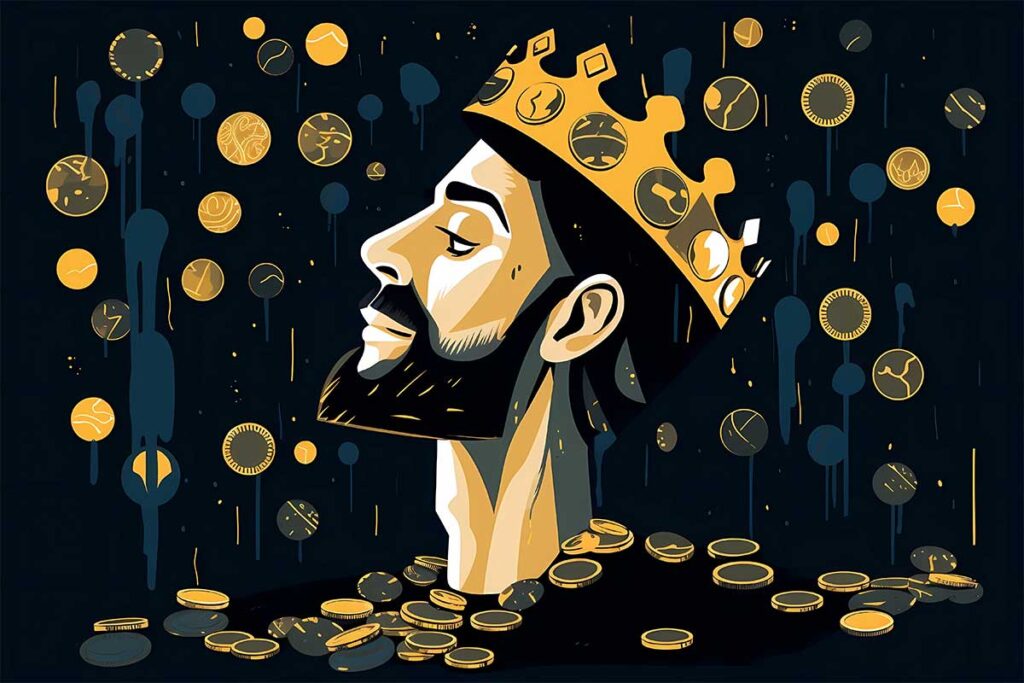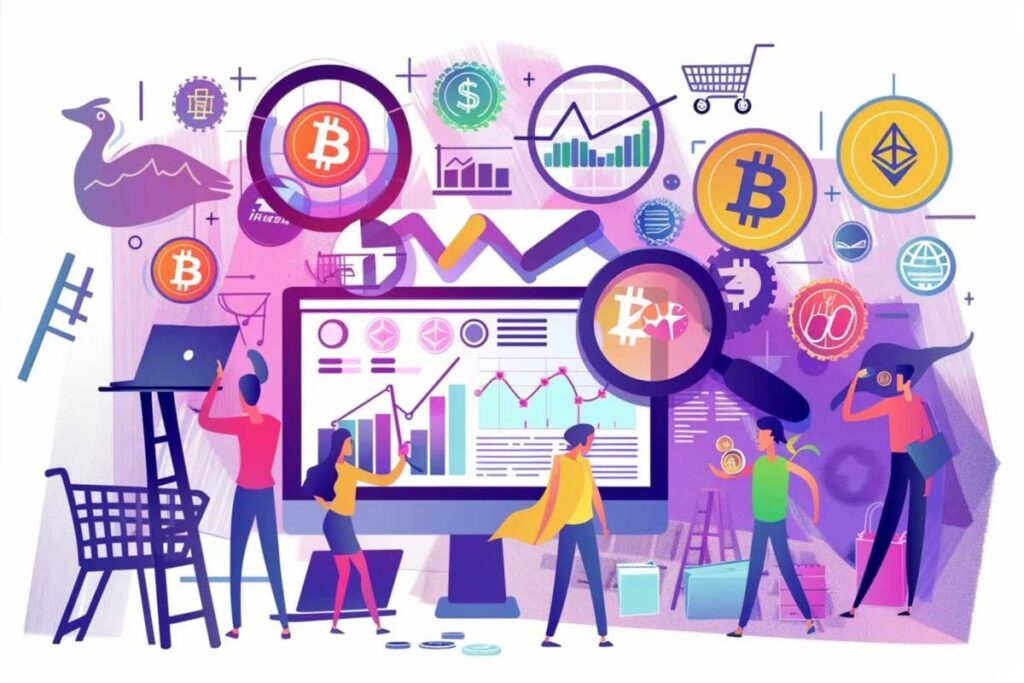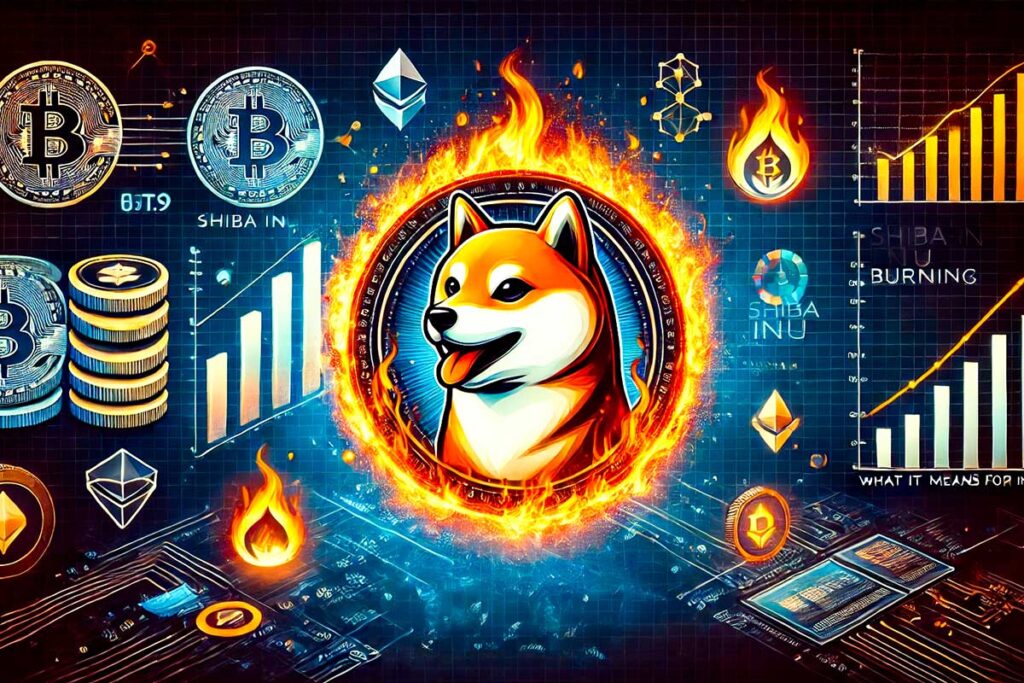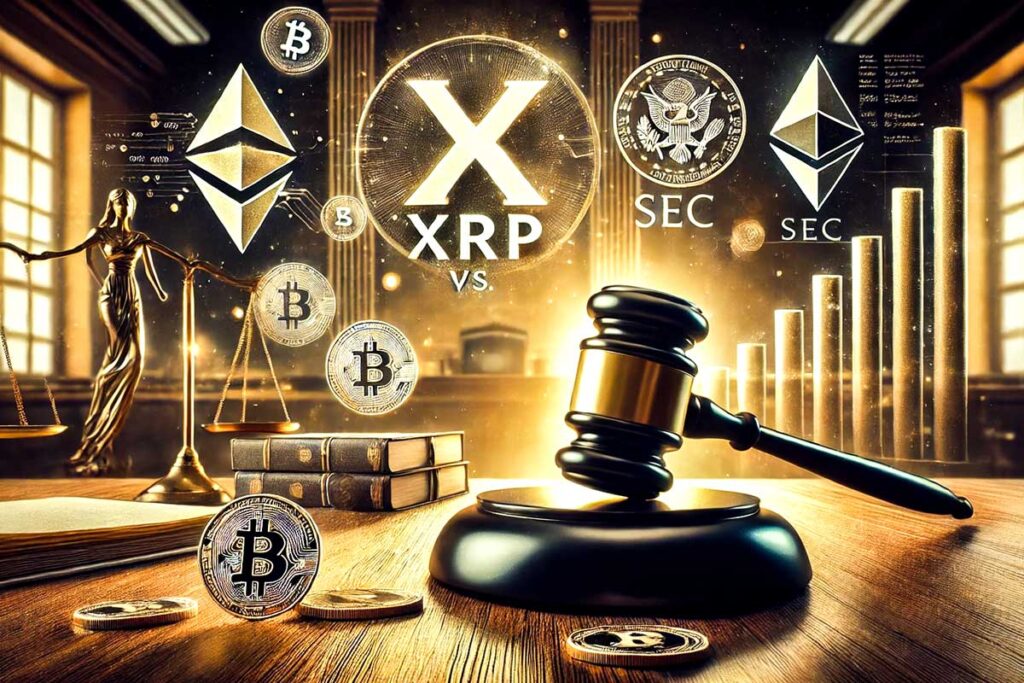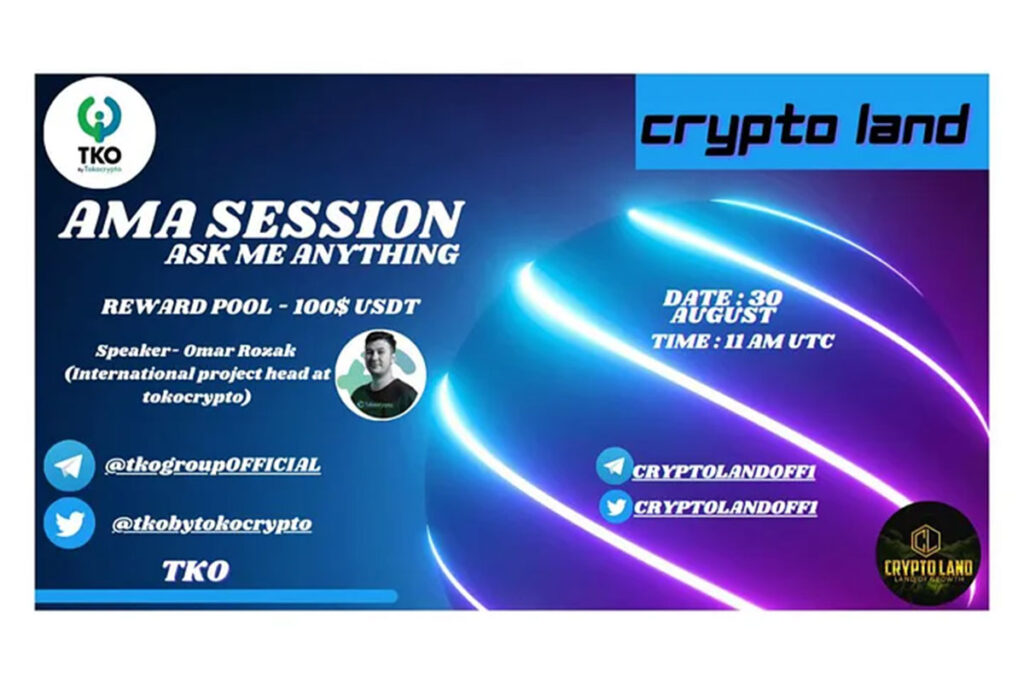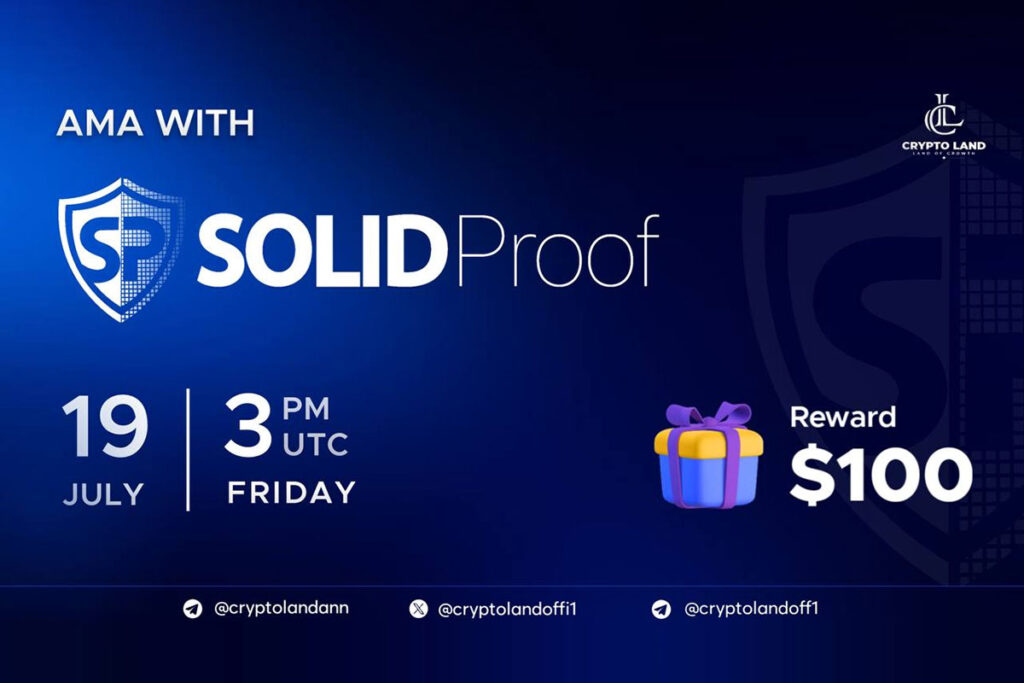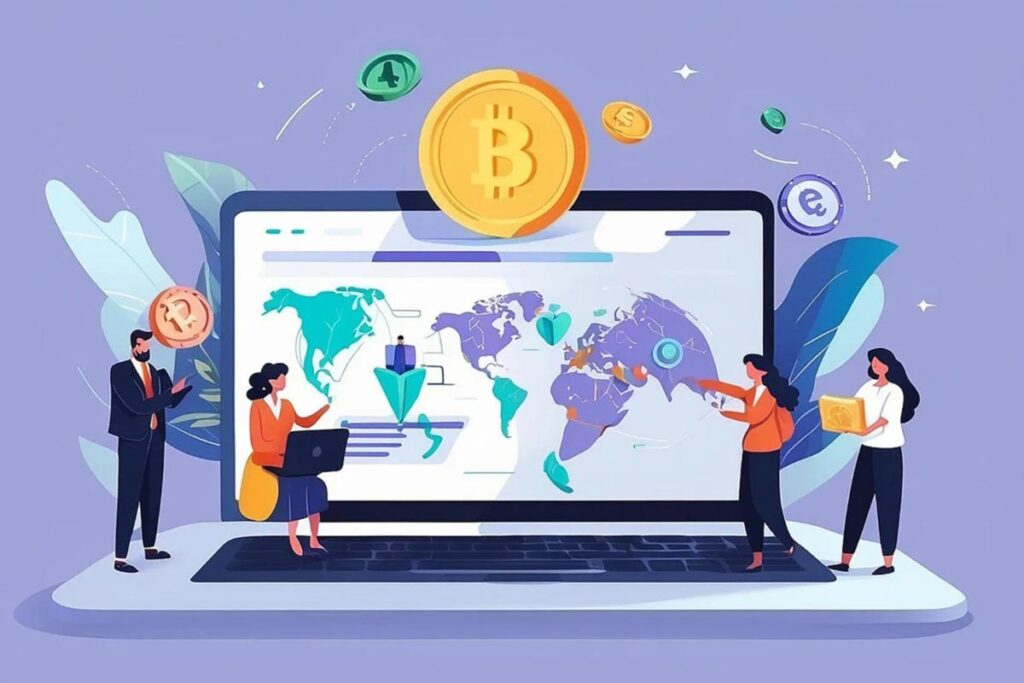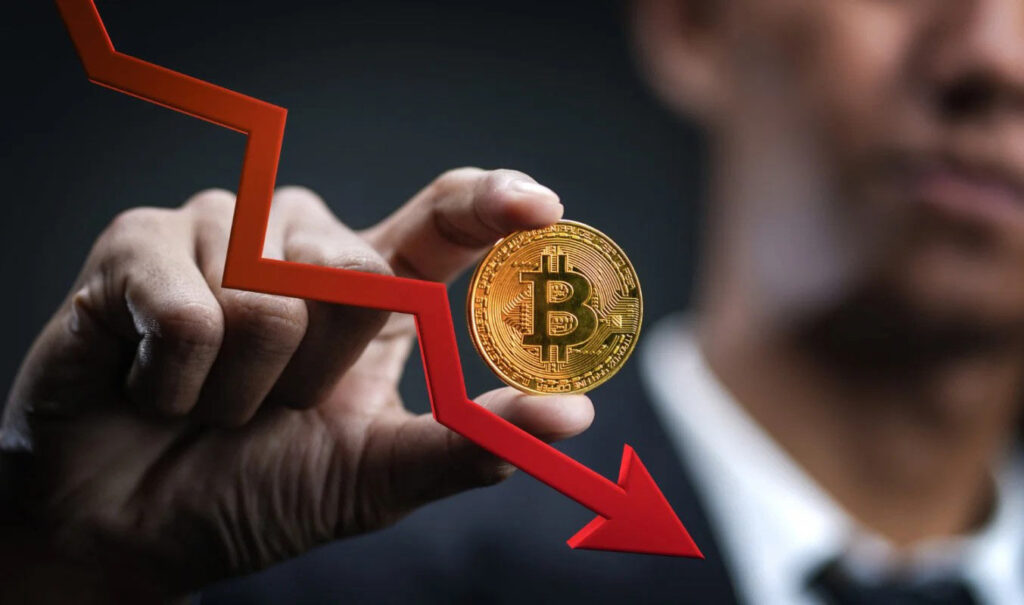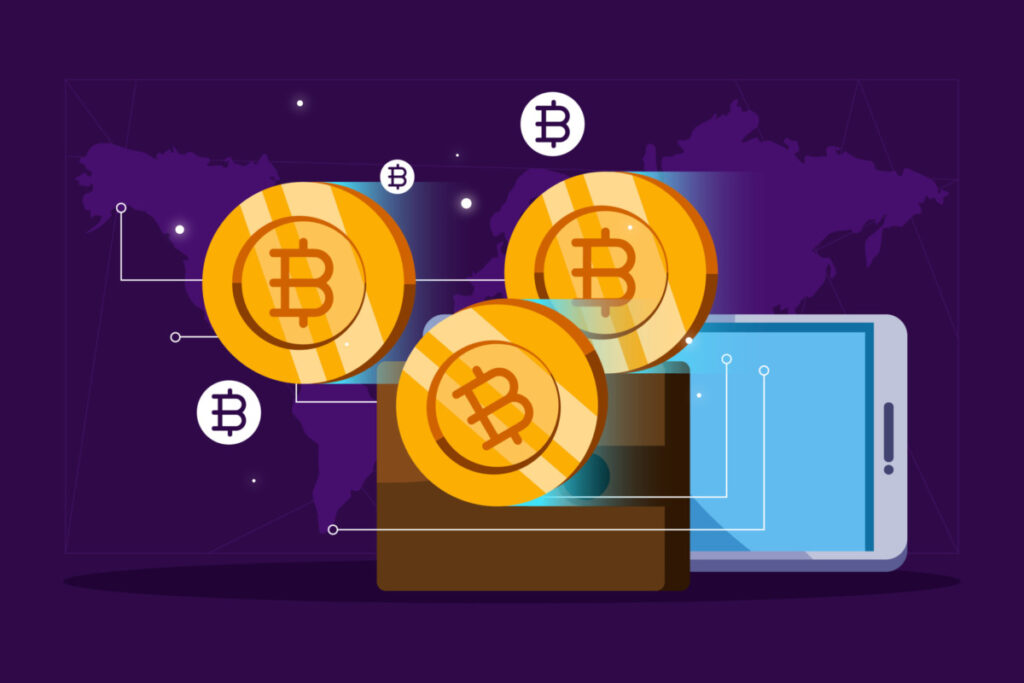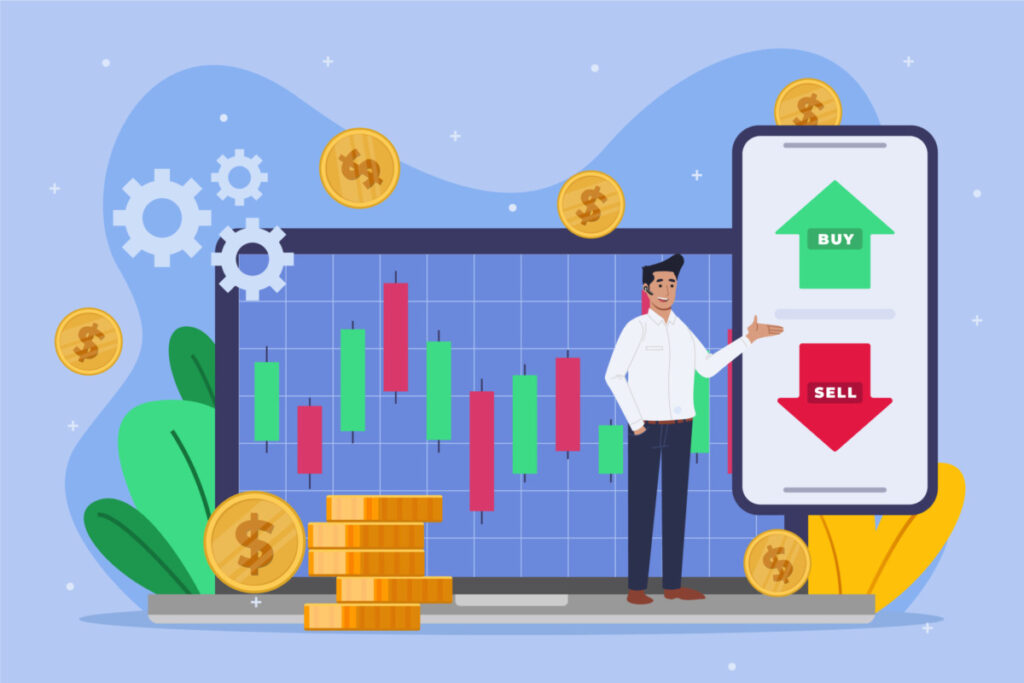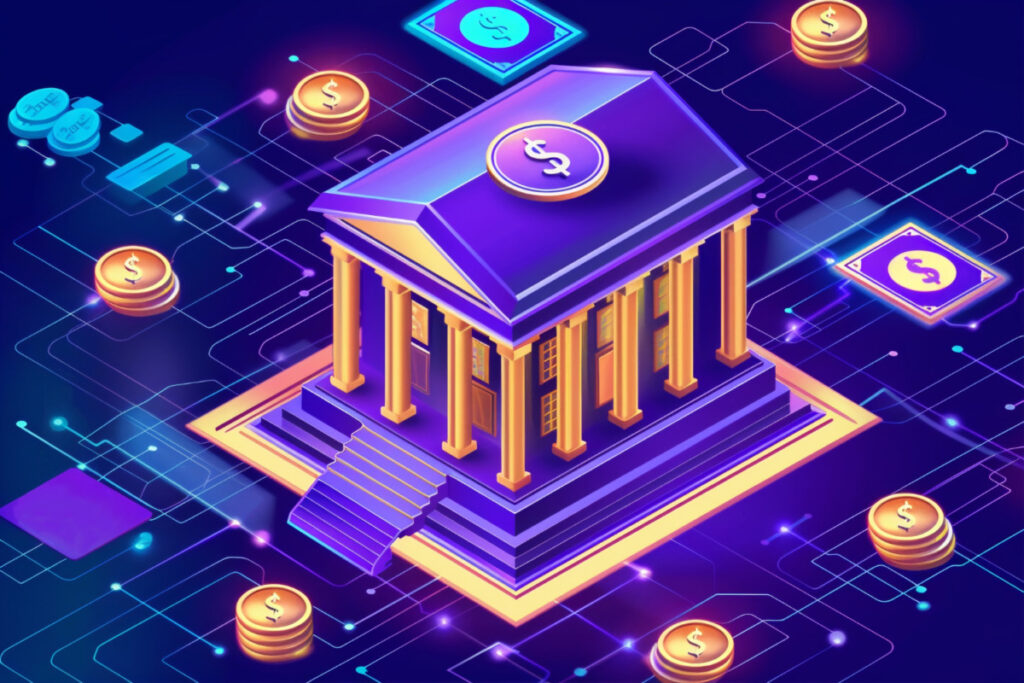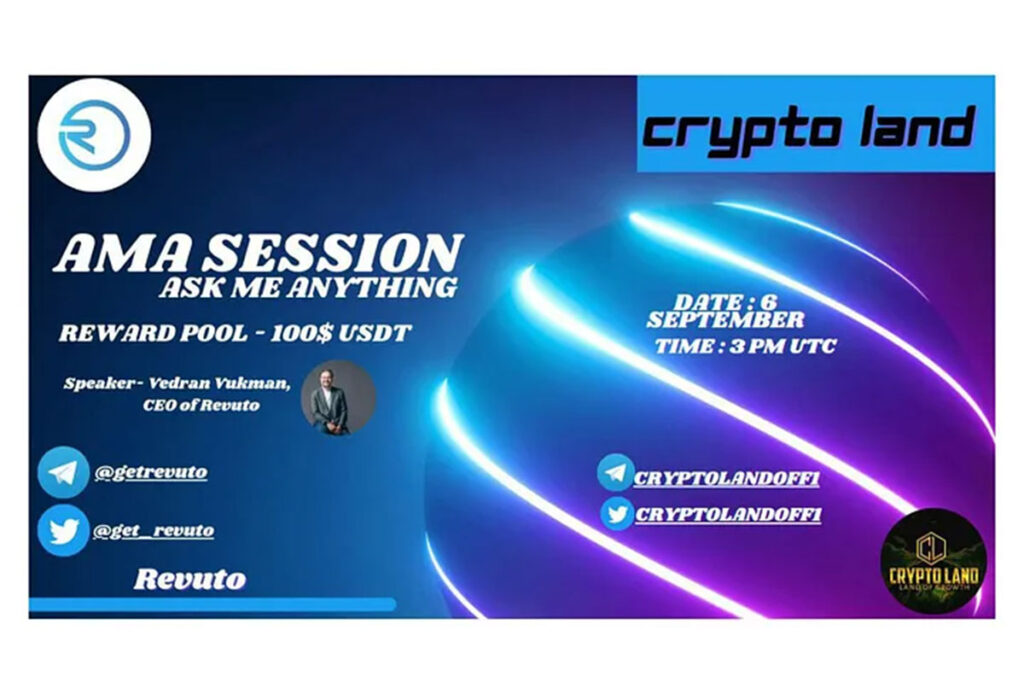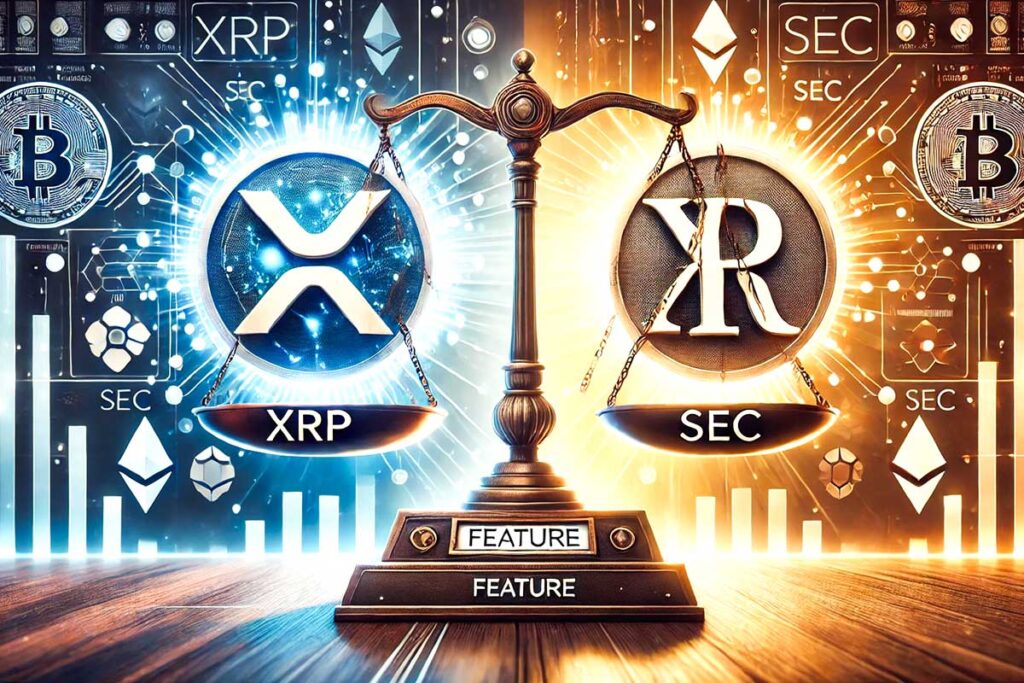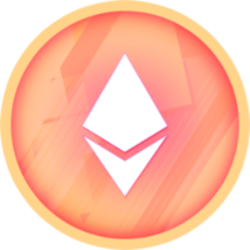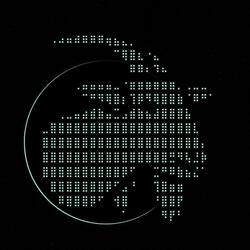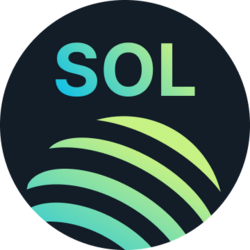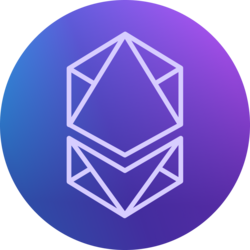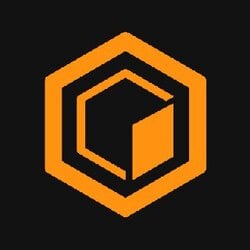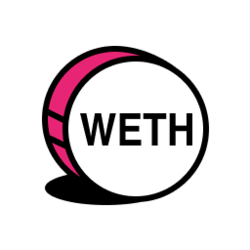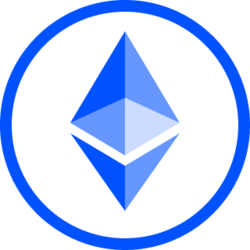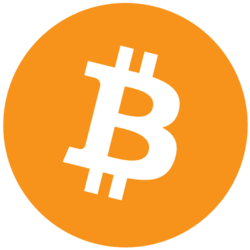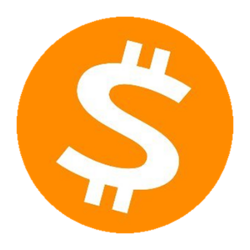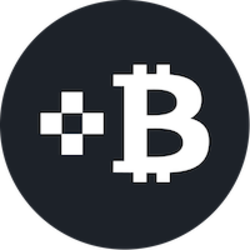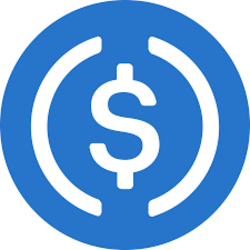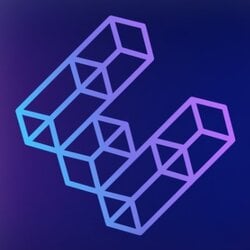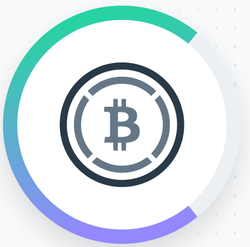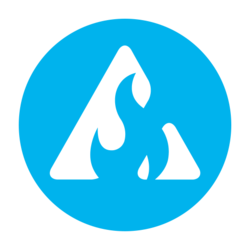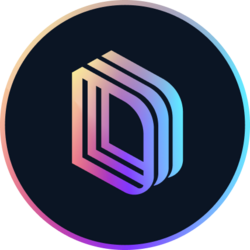What Is RWA in Crypto?
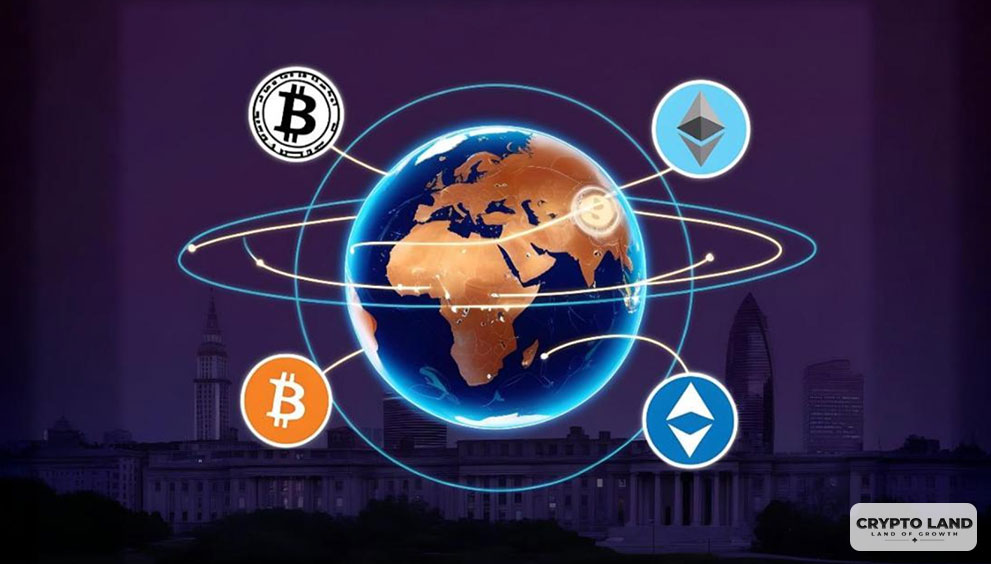
In the last few years, the most exciting sector has been the introduction of Real-World Assets (RWAs) to the blockchain. RWAs fill the gap between the economy and the digital blockchain ecosystem, thus opening wide doors for investors and innovators alike.
In this blog, we are going to discuss What Is RWA in Crypto are, why they matter, and how they are revolutionizing the crypto and DeFi landscape.
What are Real-World Assets (RWAs) in Crypto?
At its most fundamental level, RWAs represent any physical, tangible asset, alive in this real world, tokenized, and brought onto the blockchain. Examples of such could be real estate, commodities such as gold or oil, art, cars, and even intellectual property rights.
In other words, RWAs enable the possibility of the representation of such physical goods as represented on the blockchain by way of tokenization.
Tokenization refers to the process of retransforming rights to an asset into a tradable or transferred digital token like cryptocurrencies in blockchain networks. Each token represents partial or full access to the right of the underlying asset.
Examples of RWAs in the blockchain world include
- Tokenized Real Estate: Ownership shares of property sold as tokens on blockchain platforms.
- Tokenized Commodities: Digital tokens with an equivalent or equal value to the underlying gold, silver, or other commodity; these may be traded or used as collateral.
- Tokenized Collectibles: Ownership in pieces of art or even rare collectibles is broken down into perhaps several hundred pieces and owned and traded digitally.
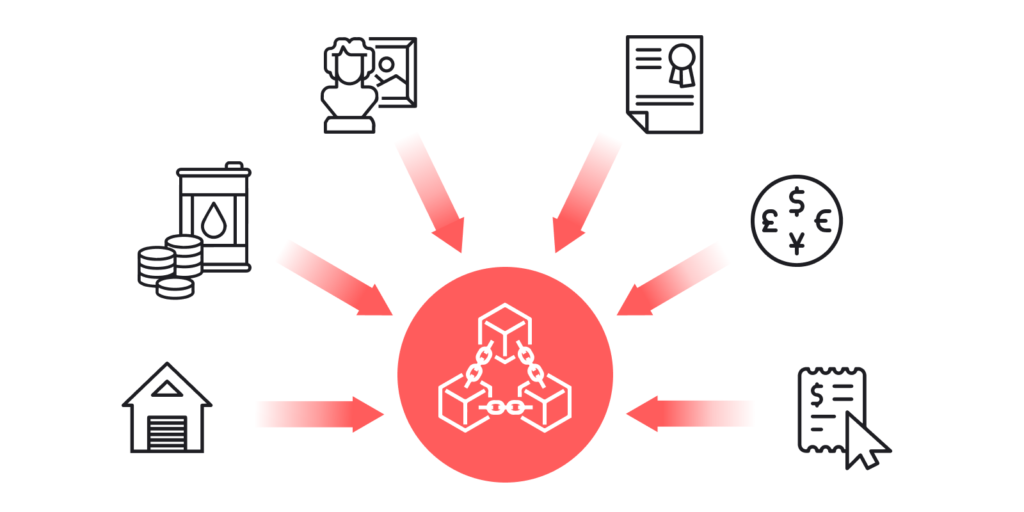
Why RWAs Matter: Unlocking Liquidity and Democratizing Access
RWAs are the next step in the evolution of traditional assets, making them much easier to store, and transfer. This makes the efficient to trade or hold as compared to the past.
Below are some features of RWAs.
Fractional Ownership
Ownership of highly valued assets, including expensive real estate and rare art, has been limited to a few rich individuals and institutions.
With the use of RWAs, it is possible to endow everyone with a fractional ownership of such an asset, thereby democratizing the ownership or providing access to wider ranges of investors who would otherwise be priced out. Perhaps owning an entire commercial property is beyond your reach, but with the help of tokenization, you could own a small part of it.
Transparency
It can, therefore, be said to be mainly due to its transparency. All transactions are registered in an unalterable ledger visible to all parties involved. Such an approach increases trust within the system and decreases fraud and corruption.
In the case of RWAs, tokenization ensures a verifiable record of ownership. This reduces disputes to a great extent and simplifies the process of transfer.
RWAs and DeFi
So far, the DeFi space has mostly focused on digital-native assets like cryptocurrencies and stablecoins. RWAs, however, are now set to enter into DeFi protocols. This expands the scope of assets available to borrow or lend against, as well as collateralize this bringing further potential for growth and utility in DeFi.
Collateralized Loans:
Loans are one of the principal use cases of RWAs in DeFi.
Tokenized assets may be deposited into a smart contract for the purpose of securing a loan, making liquidity accessible to the owner of the asset without having to sell the property. Such access opens up new ways for individuals and businesses to use their assets and unlock capital.
Yield Generation
Tokenized RWAs can be used to generate yield via DeFi protocols. For instance, tokenized commodities like gold or real estate can be staked in liquidity pools and earn rewards while providing liquidity to the market. This integration brings another dimension to generating income in addition to that from traditional crypto assets.
Challenges and Risks of RWAs.
The potential of RWAs in crypto is gigantic but comes with challenges that must be addressed to embrace the decentralized takeover.
Regulatory Challenges:
Each tokenized real-world asset might require crossing labyrinthine regulatory landscapes. Every jurisdiction has different rules relating to ownership, security classification, and taxation of assets. One gets hassled by the challenge of meeting up with these regulations at the same time maintaining the blockchain’s demeanor as a decentralized network.
Valuation and Liquidity Risk:
Value assessment of real-world tokens can also be difficult in its own right, but especially for such an asset as a work of art or collectible, which doesn’t possess a liquid market. Even though tokenization increases liquidity, searching for buyers or sellers for niche or high-value assets can be problematic and create price fluctuations.
Smart Contract Risk:
Since any blockchain application relies on the security and precision of smart contracts if a smart contract in an RWA has gone awry in coding or used for nefarious purposes by bad actors, then the integrity of the RWA system could be at risk.
The Future of RWAs in Crypto
As the crypto space continues to mature, RWAs are likely to find a central place in bridging traditional finance and decentralized finance. Leading blockchain firms have begun investing in platforms and protocols designed for the tokenization of RWAs as a pathway toward creating a more inclusive, open, and efficient global financial system.
The future may bring up everything from tokenized and traded real estate and fine art, to stocks, bonds, or even intellectual property. The marriage of blockchain’s transparency, security, and global accessibility with an enormous pool of real-world assets is going to bring enough opportunity both to the people and businesses involved.
RWAs are more than just a passing fad; they represent a sea change in the way we have begun to think about ownership, investment, and finance in the age of the digital.
Conclusion
Real-World Assets, or RWAs in cryptocurrency, represent an innovation that is changing the dynamics of physical assets and blockchain technology. Transferable tangible assets to decentralized platforms herald more liquidity, democratized ownership, and in-depth transparency to a wide range of investors. While still possessing problems, it cannot be denied that RWAs can be the game-changer of the financial system. As many learn to use them, RWAs will form the very foundation of the crypto and DeFi worlds that unlock possibilities in the future finance universe.



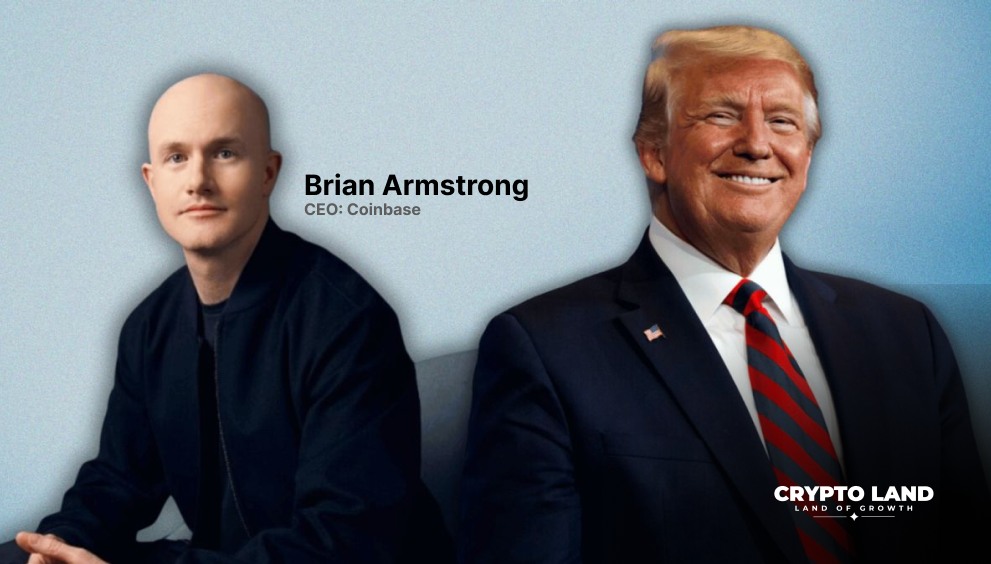

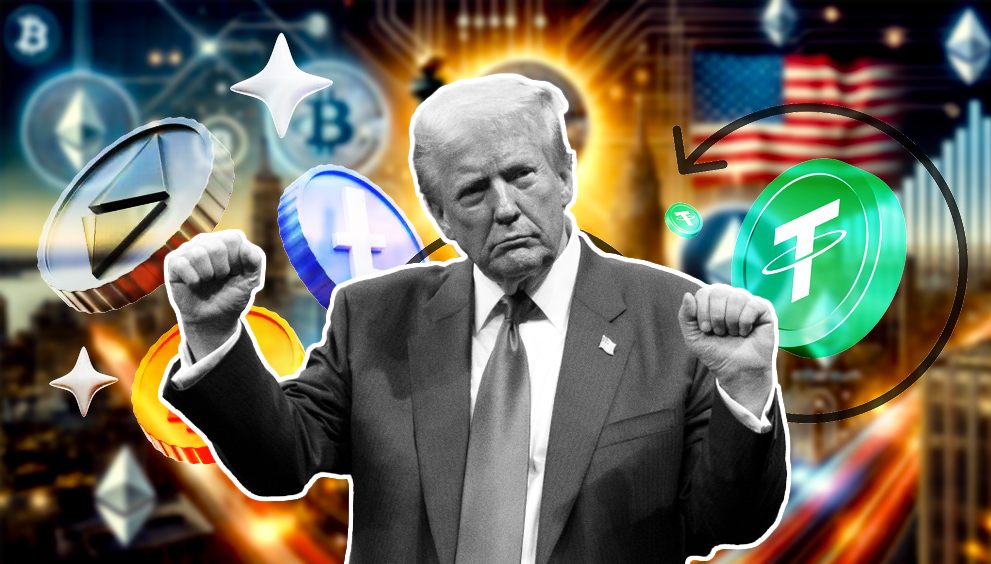
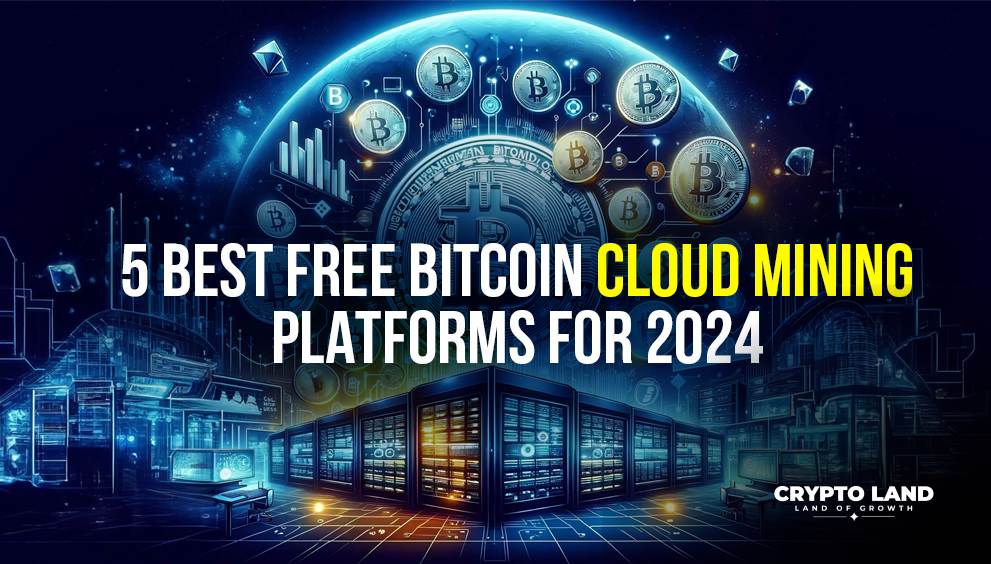
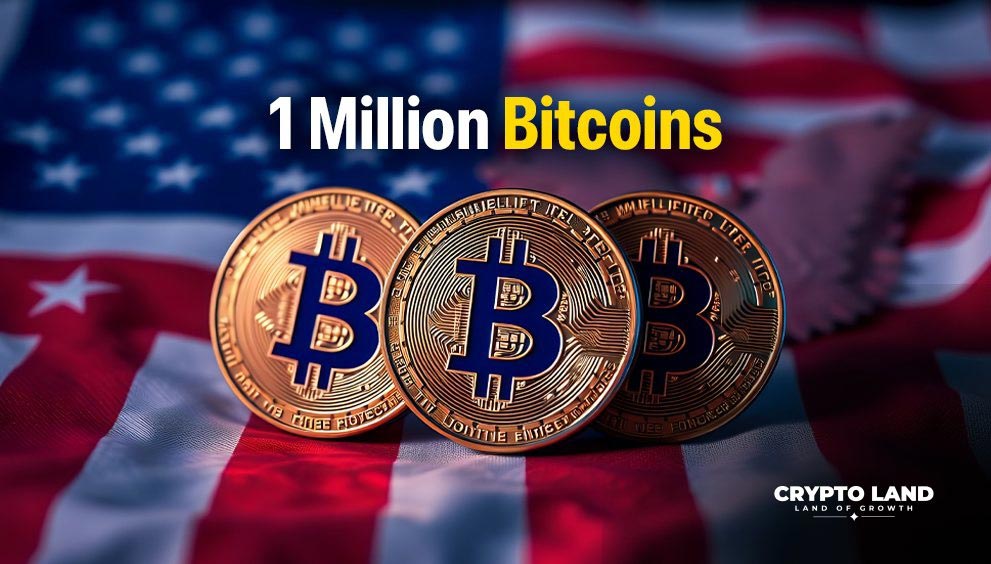
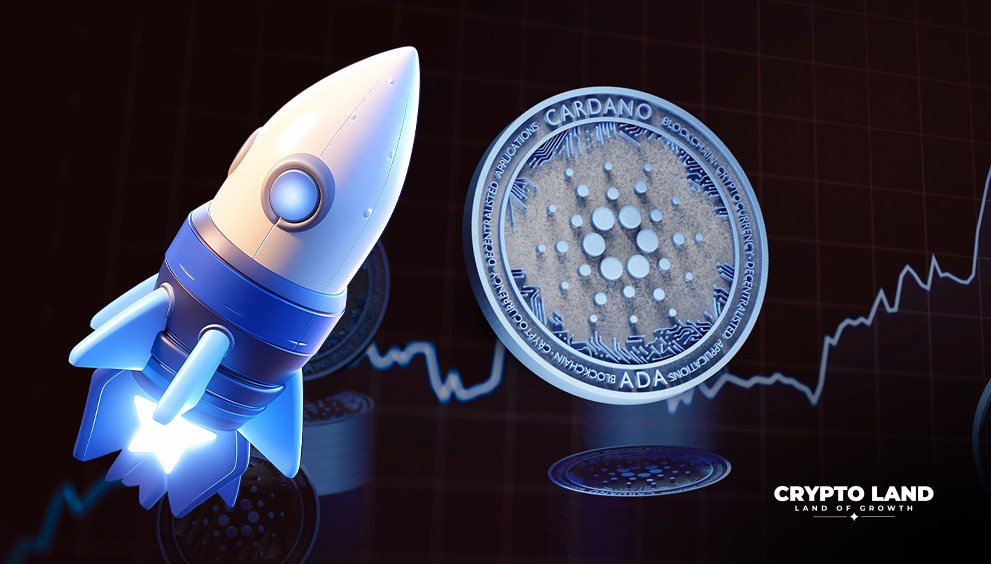
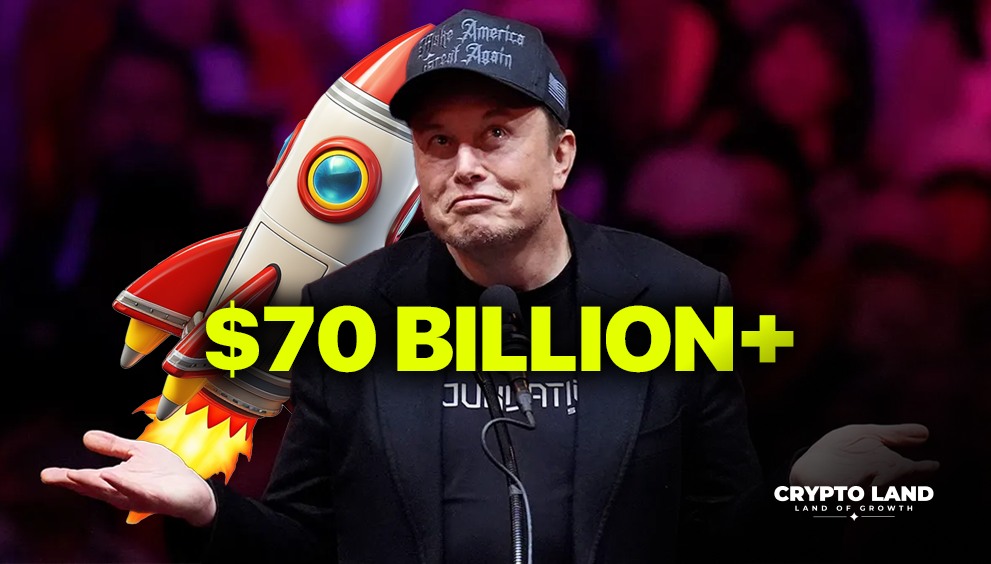
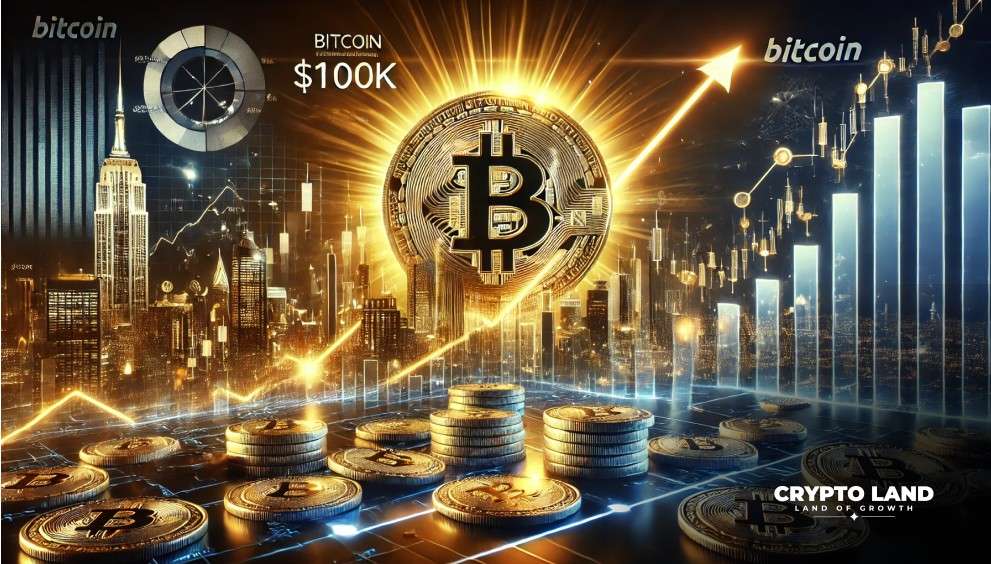
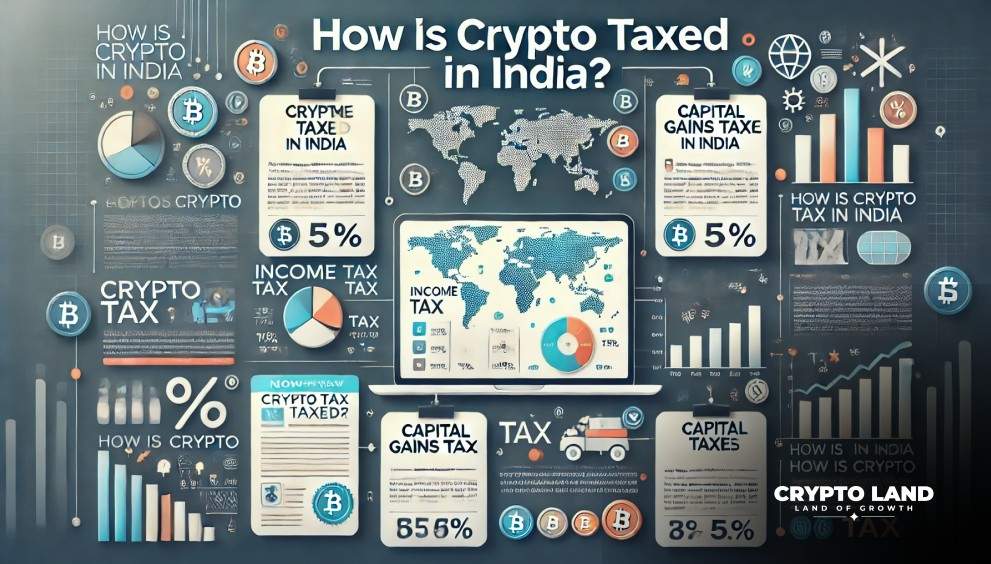

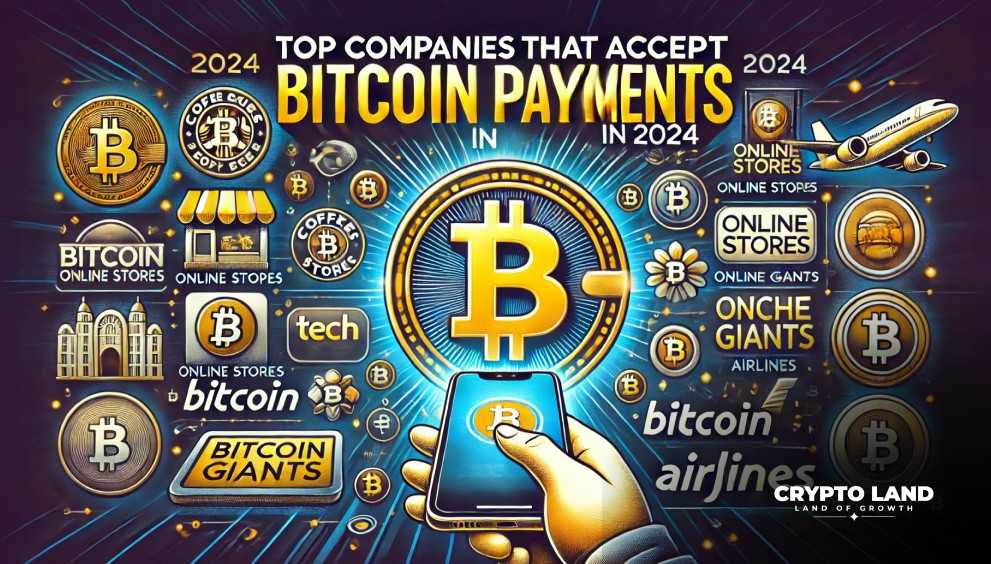
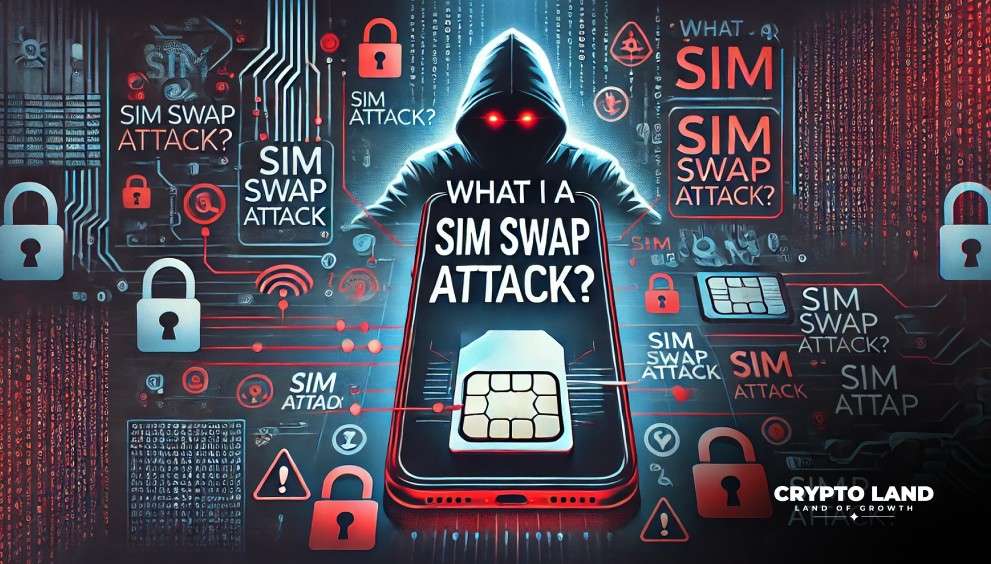
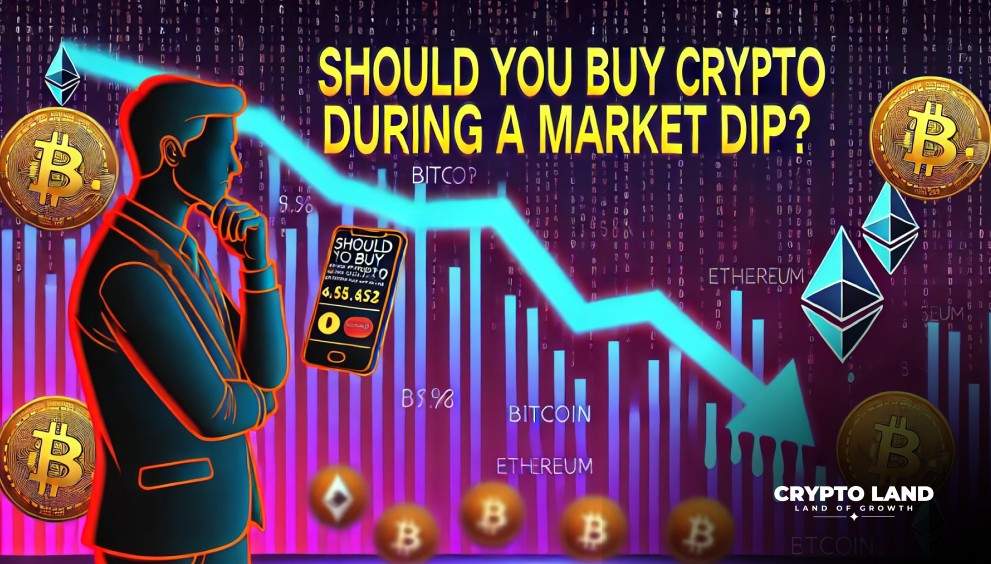

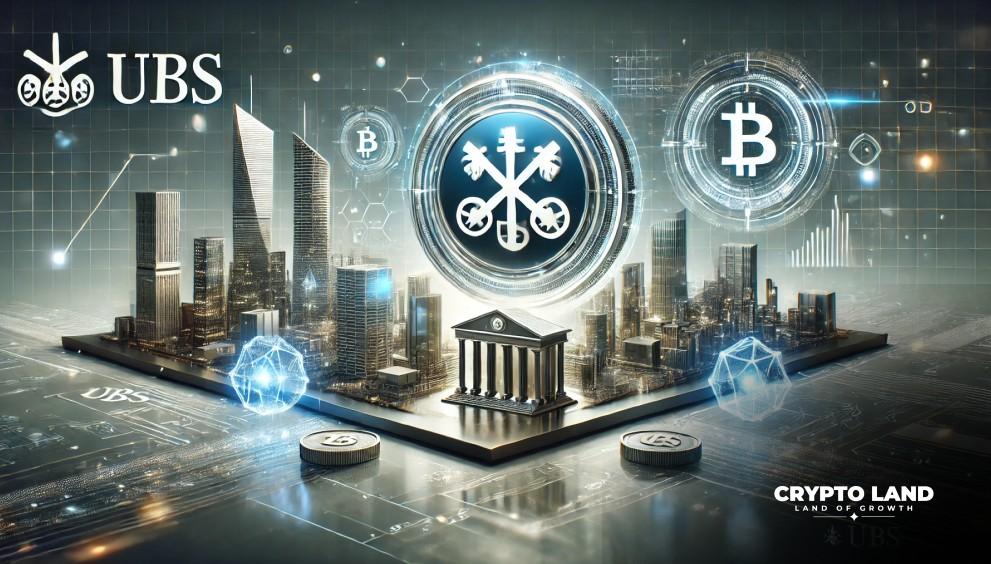
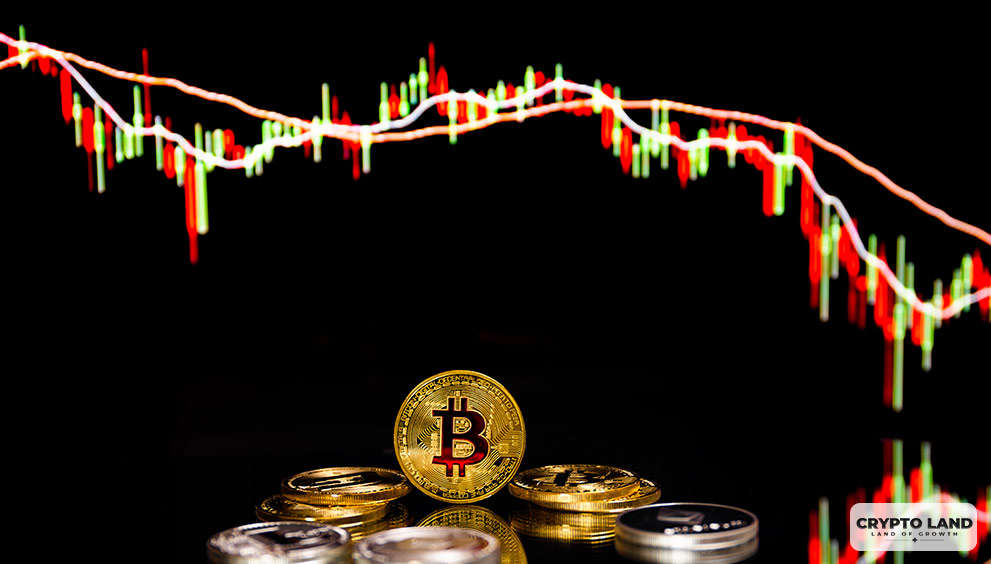
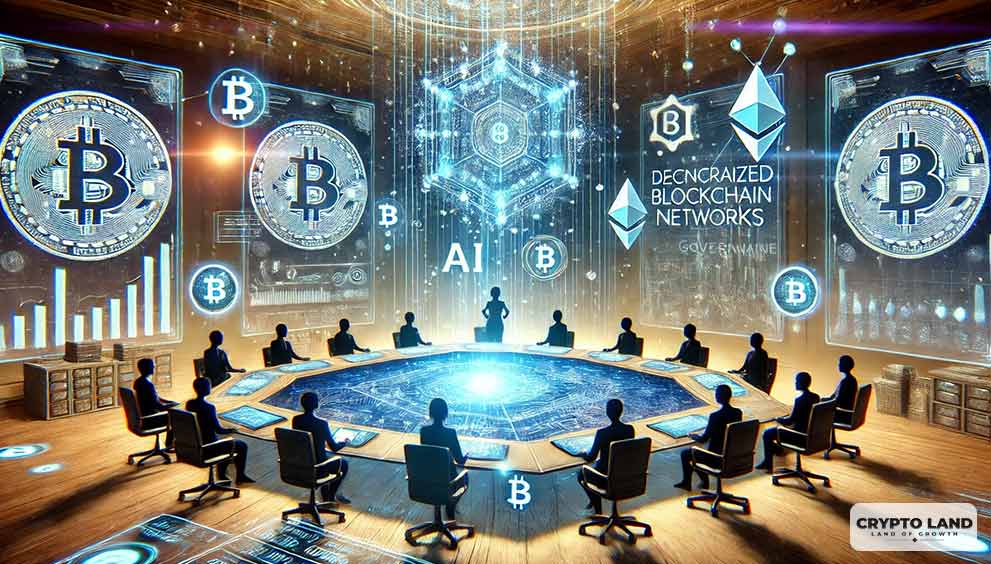

![Top Altcoins in October [2024] You Should Look Out For 20 Top Altcoins in October [2024] You Should Look Out For](https://cryptolandoff.com/wp-content/uploads/2024/10/Top-Altcoins-in-October-2024-You-Should-Look-Out-For.jpeg)
